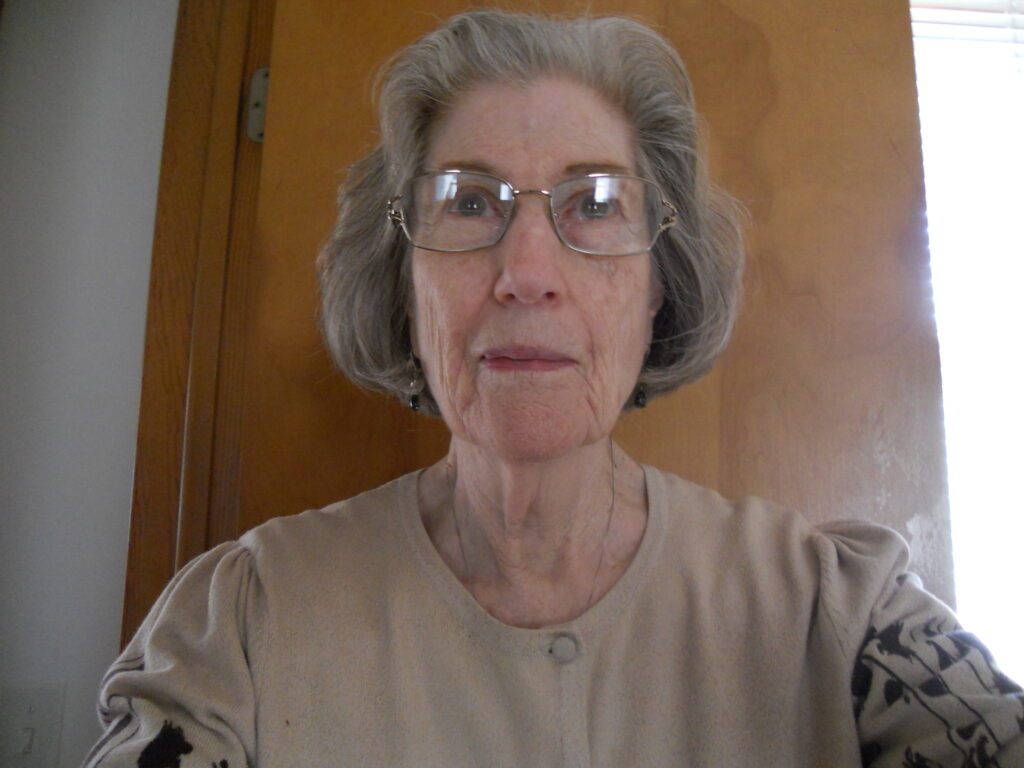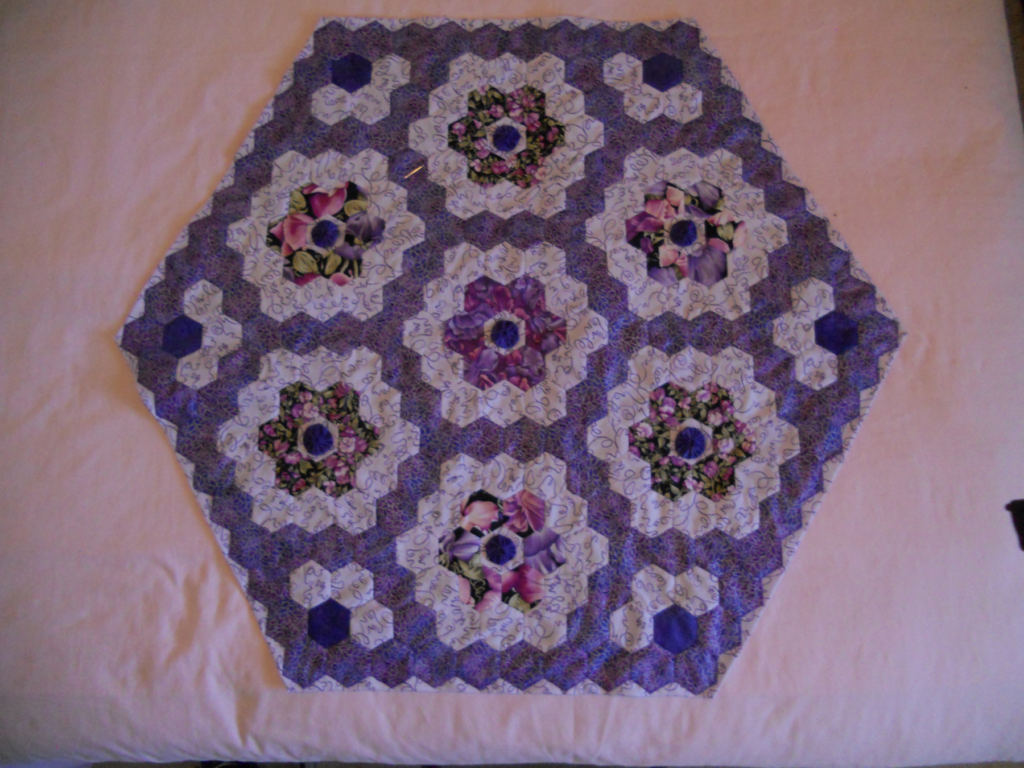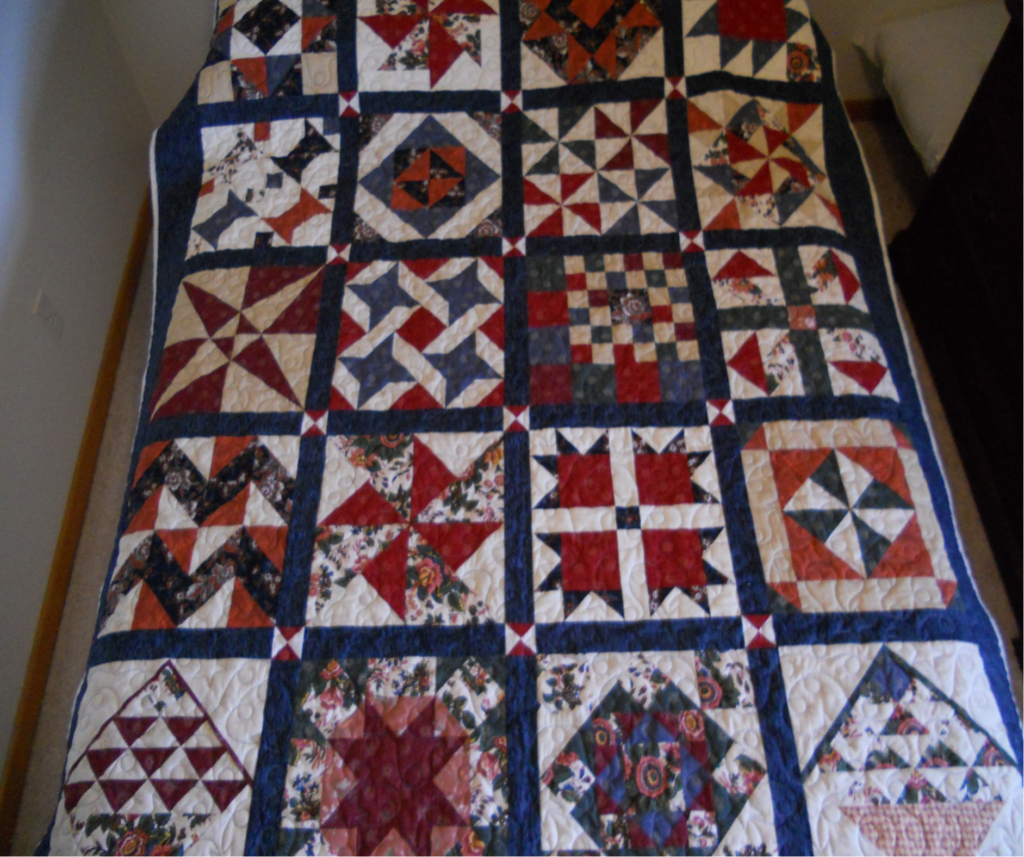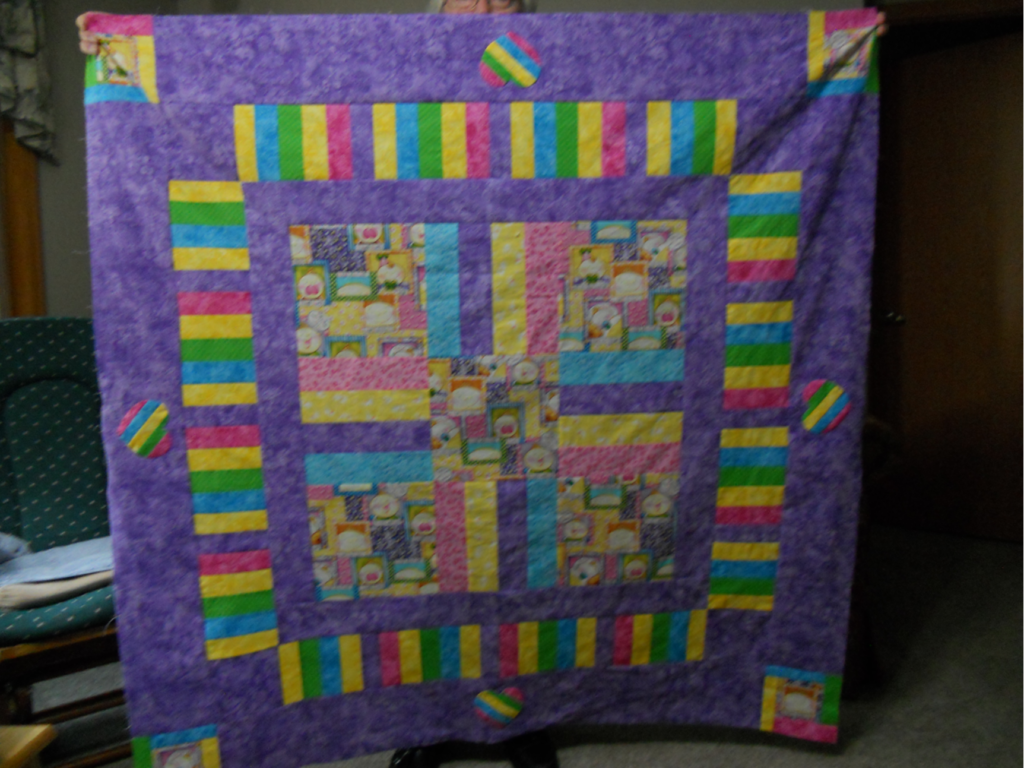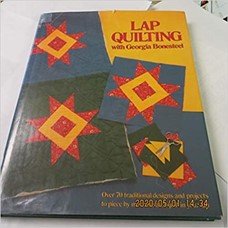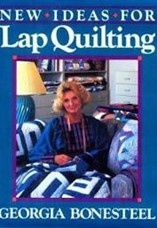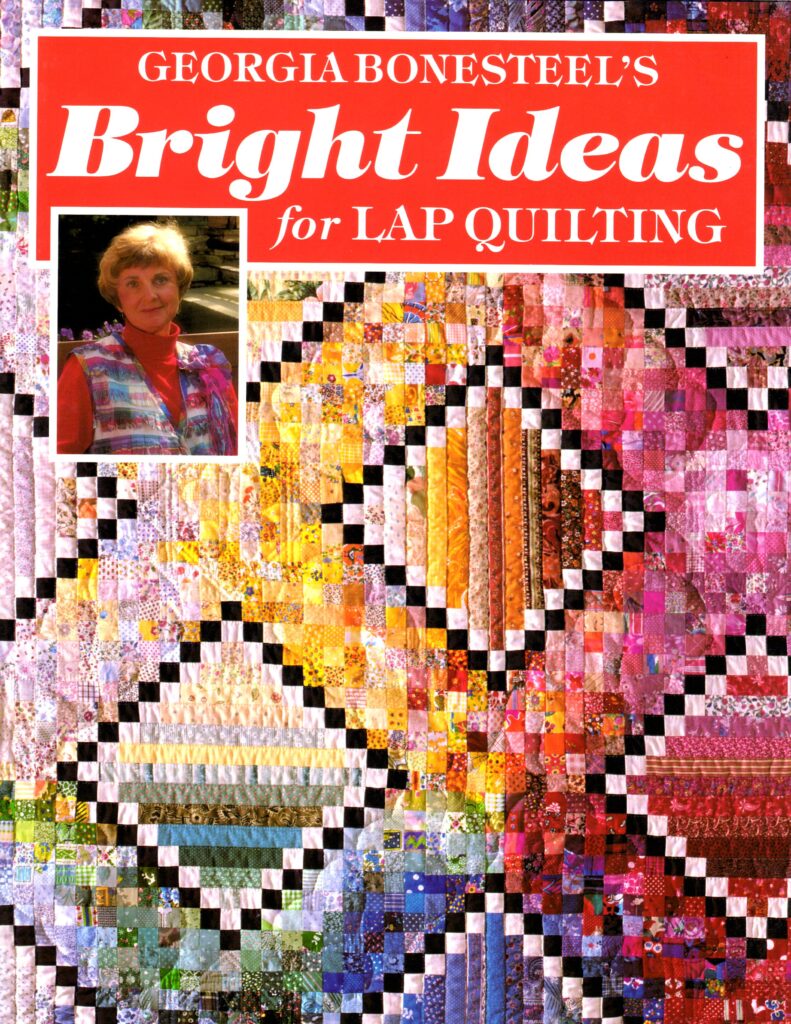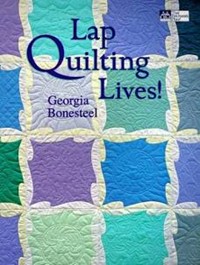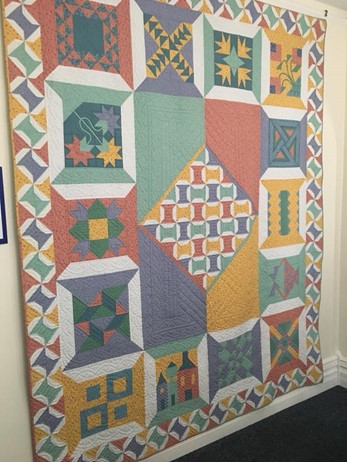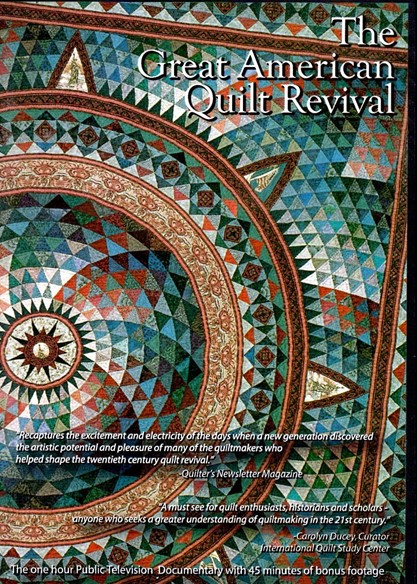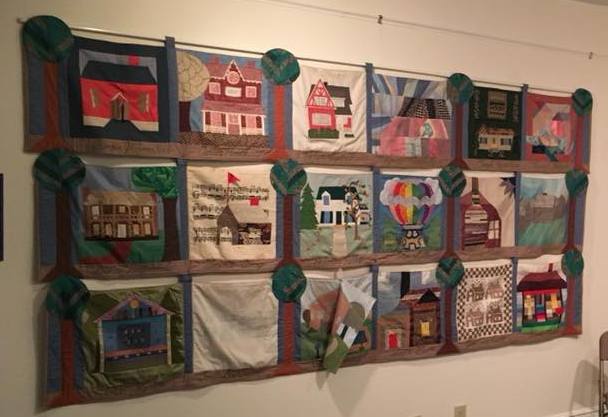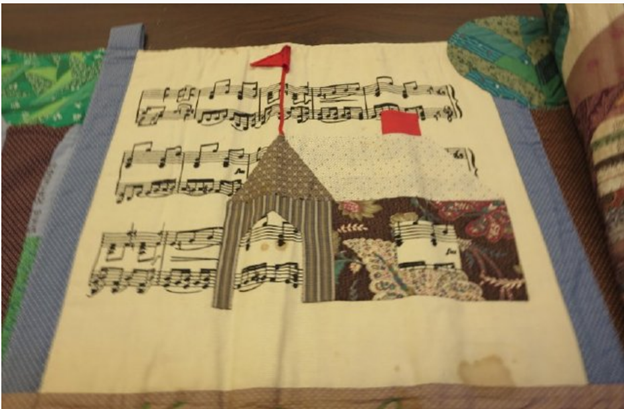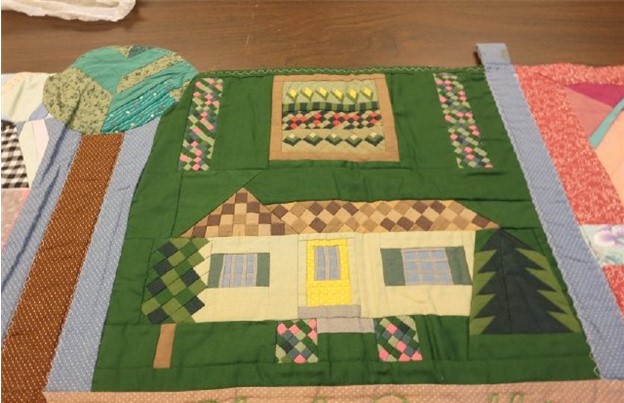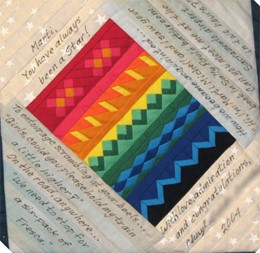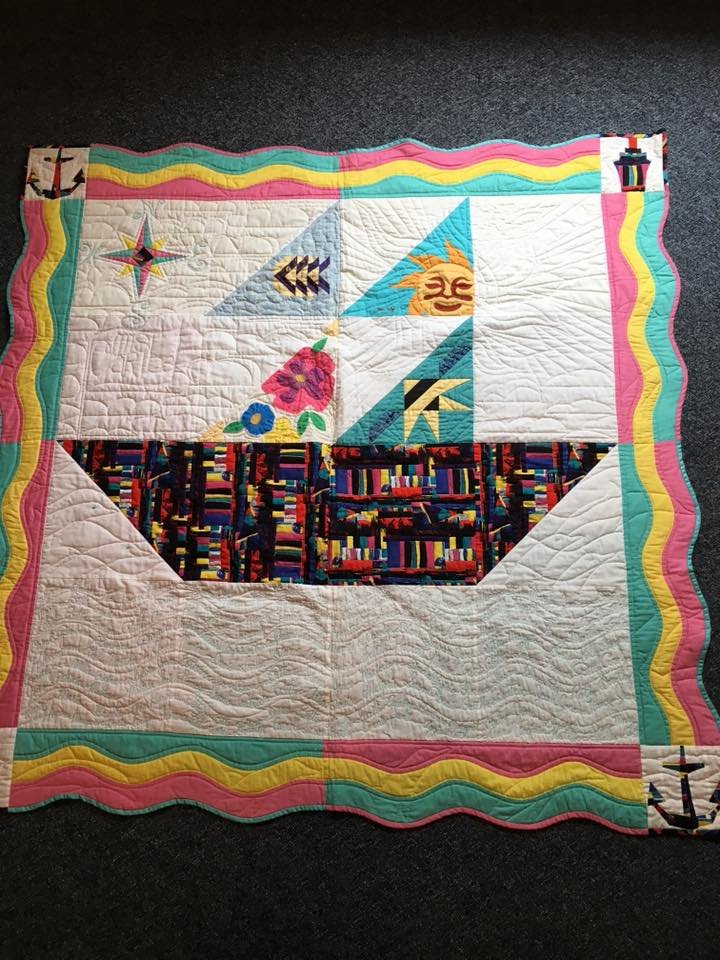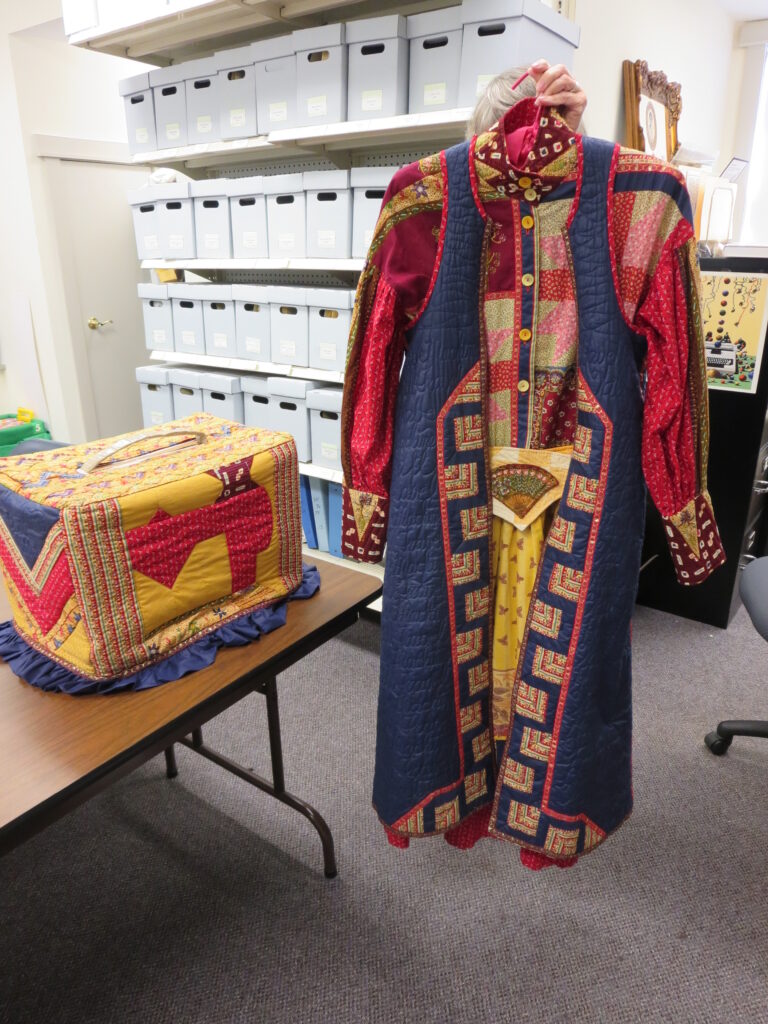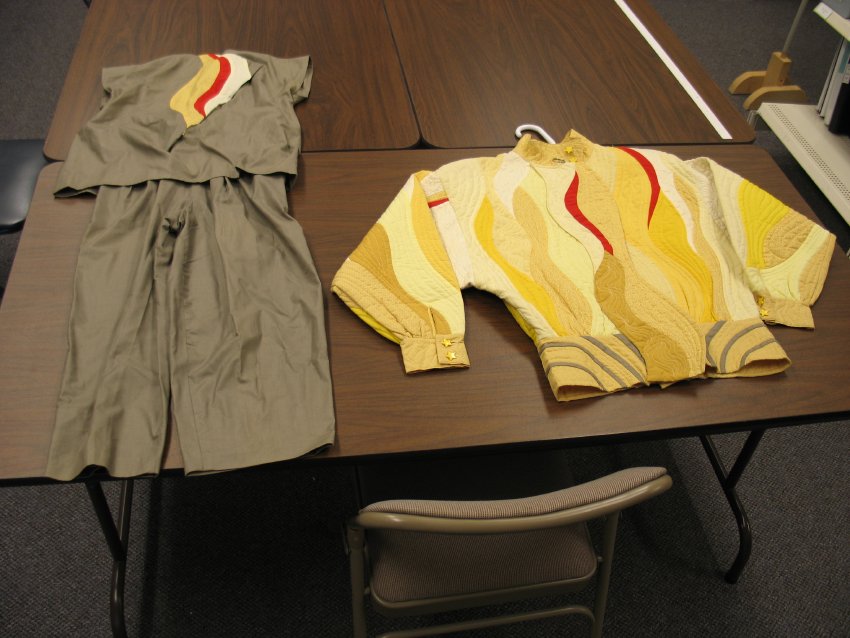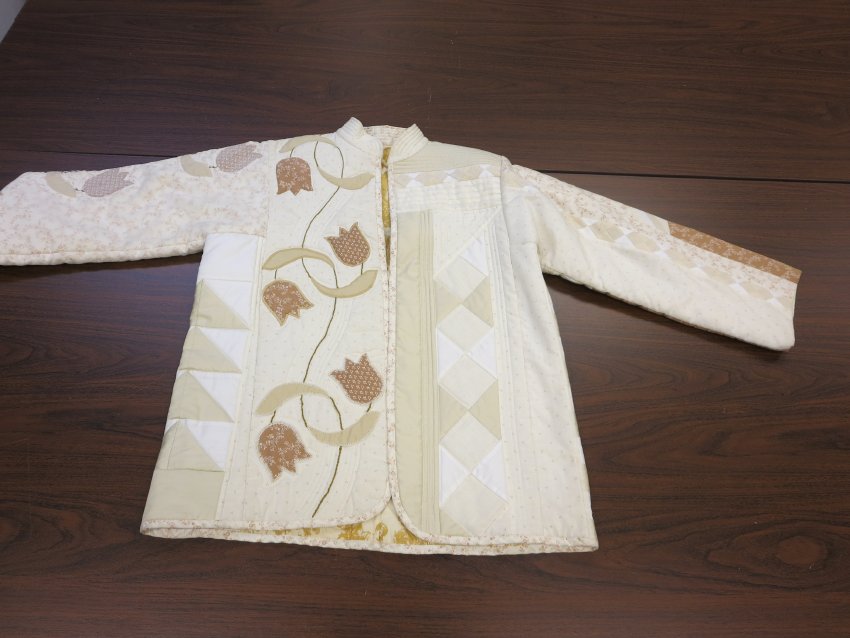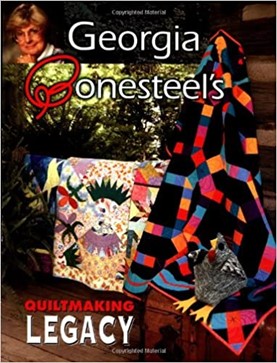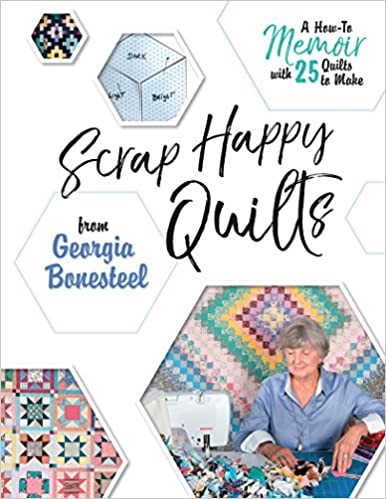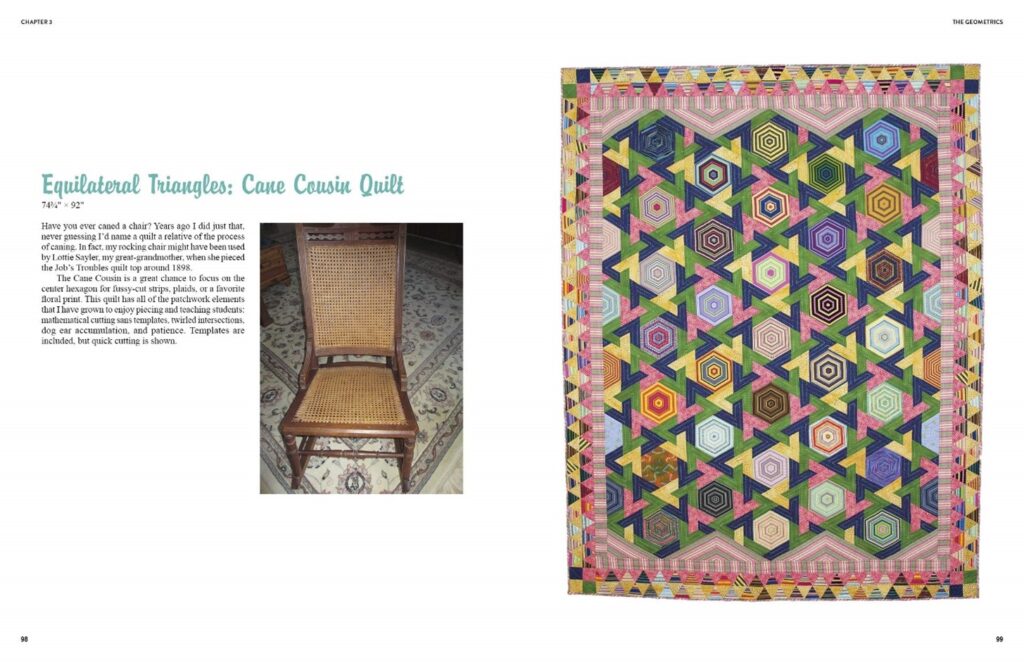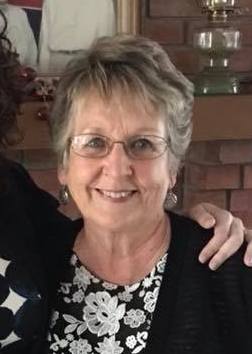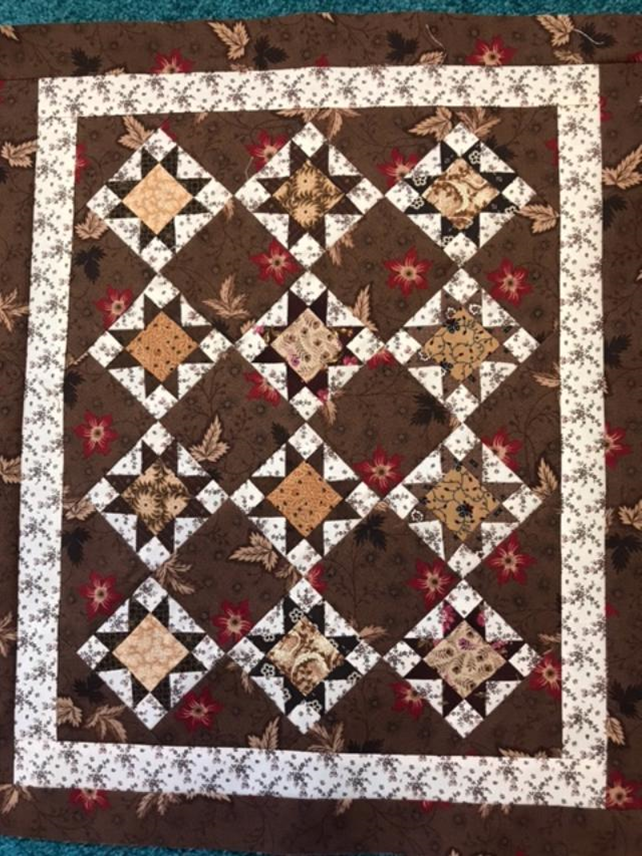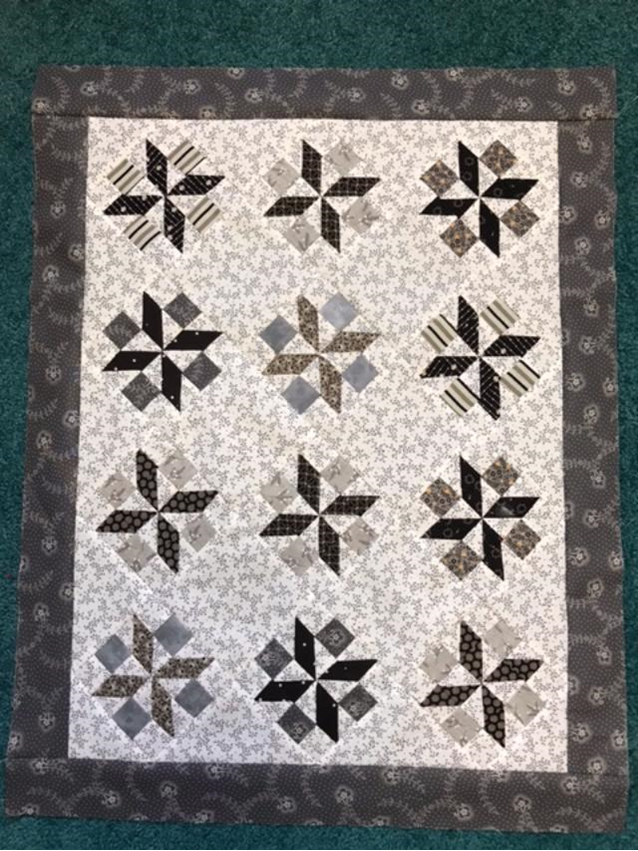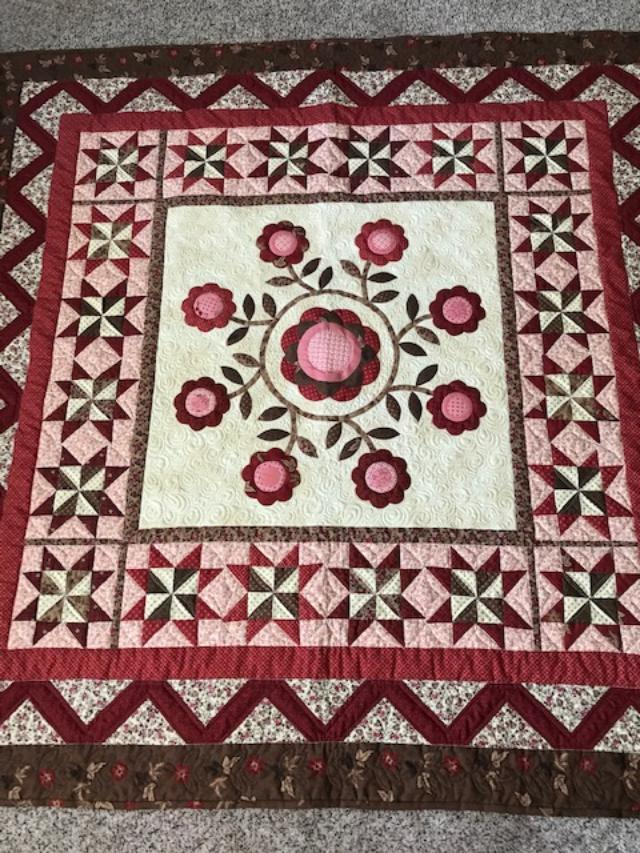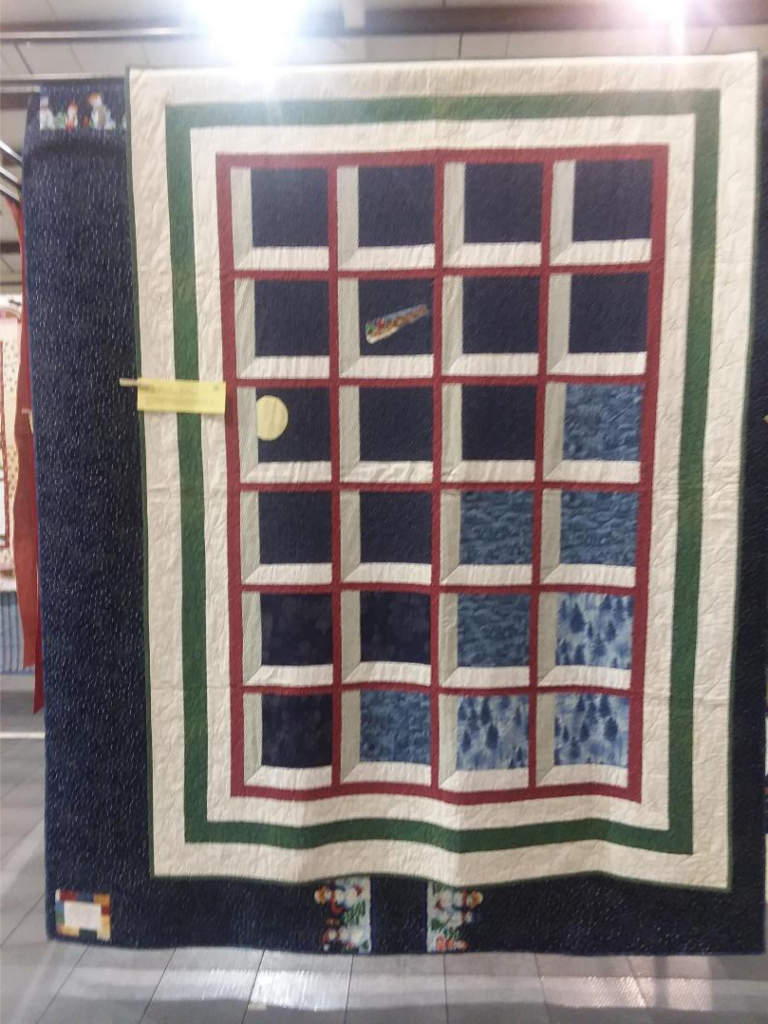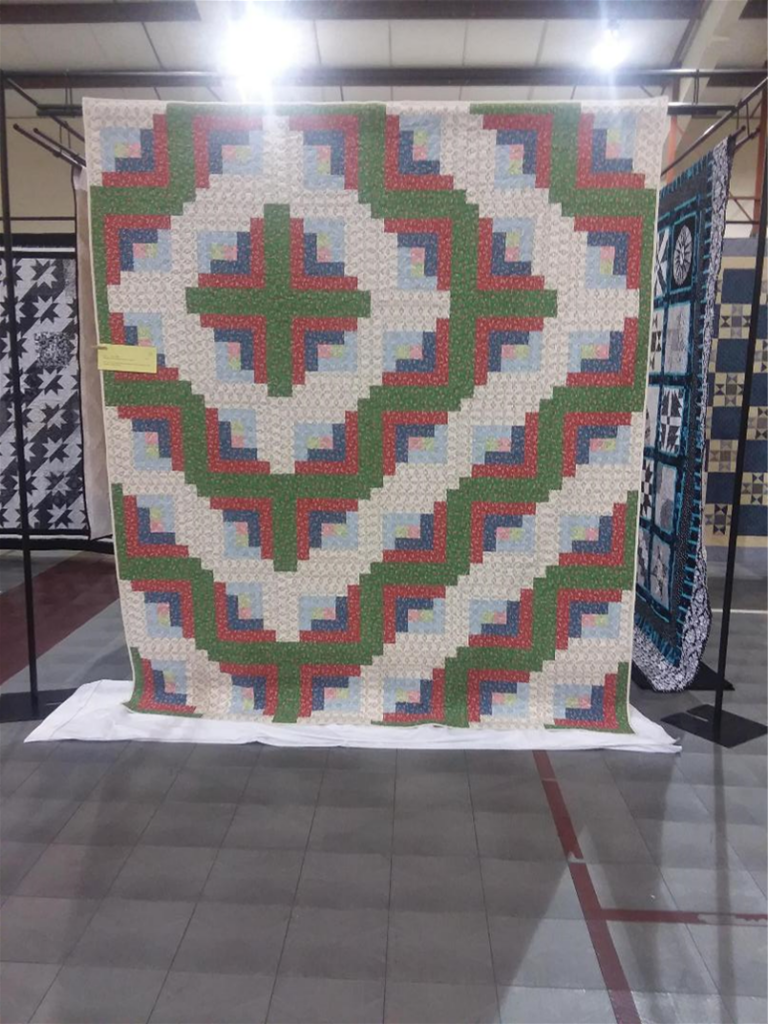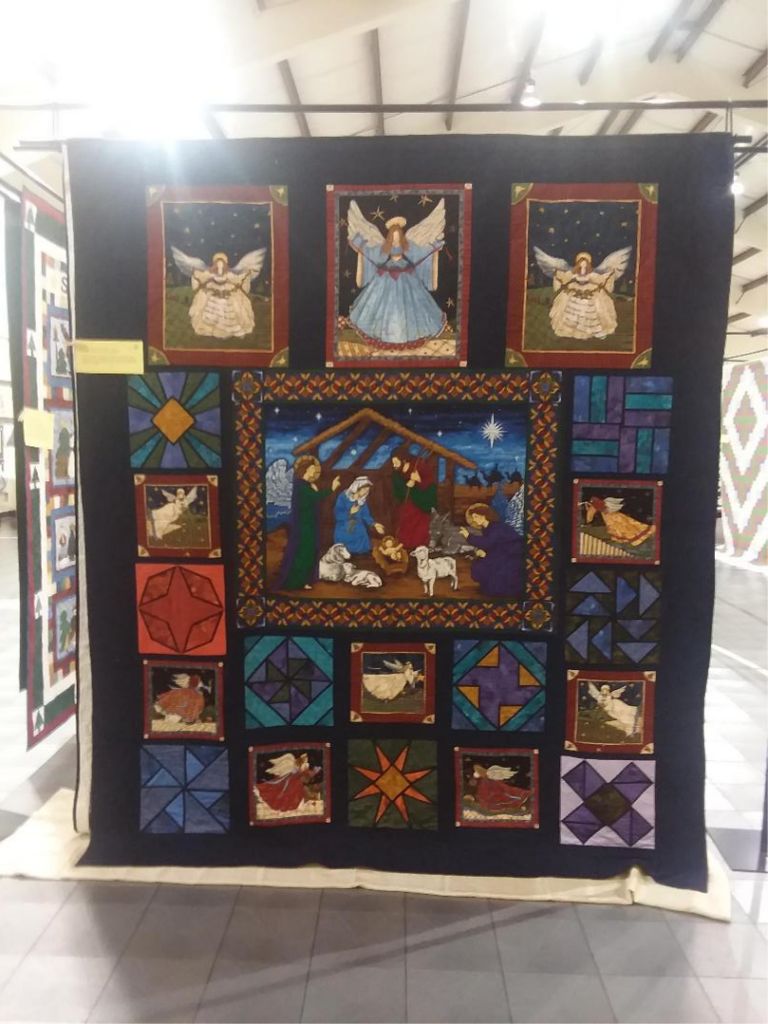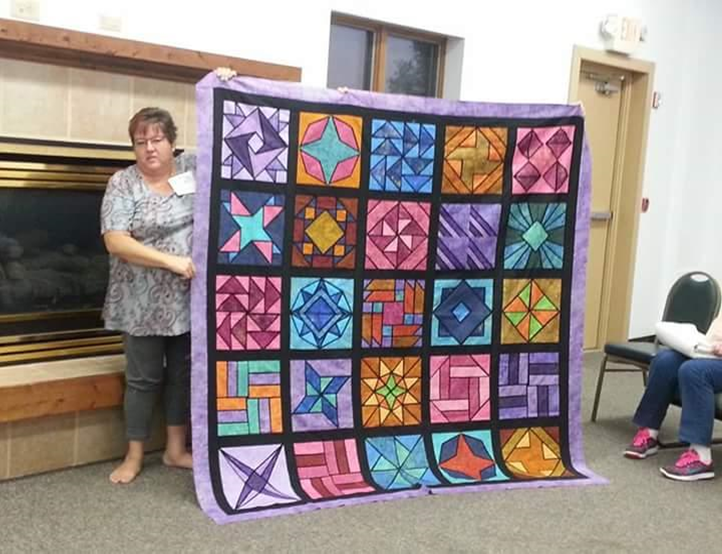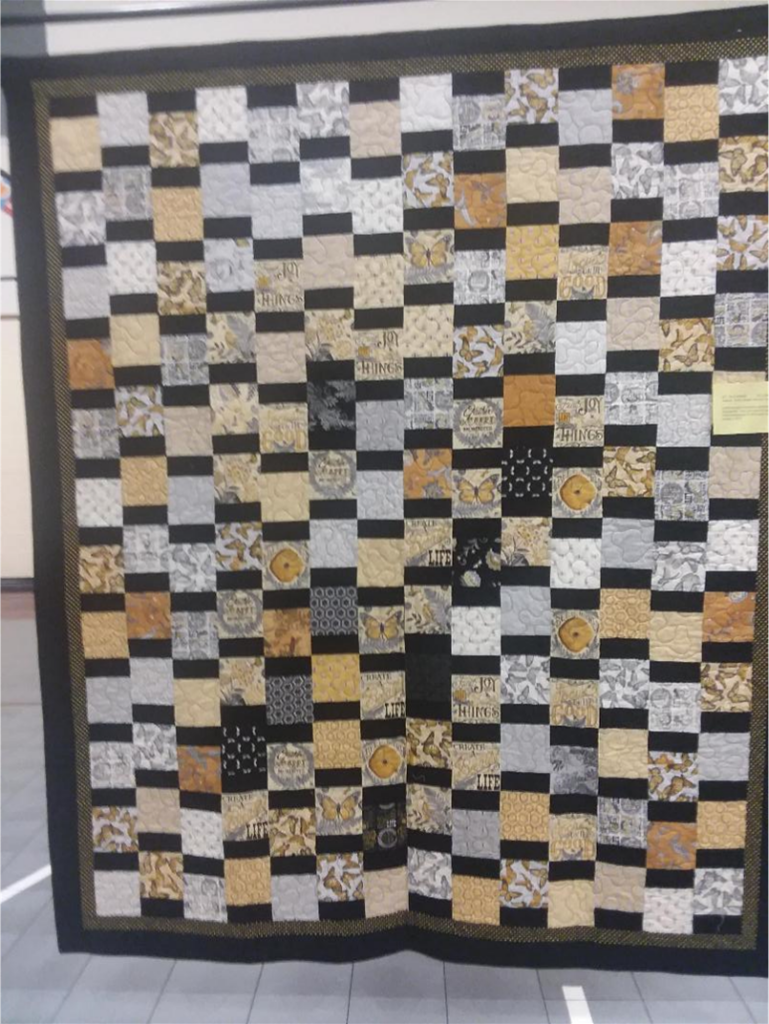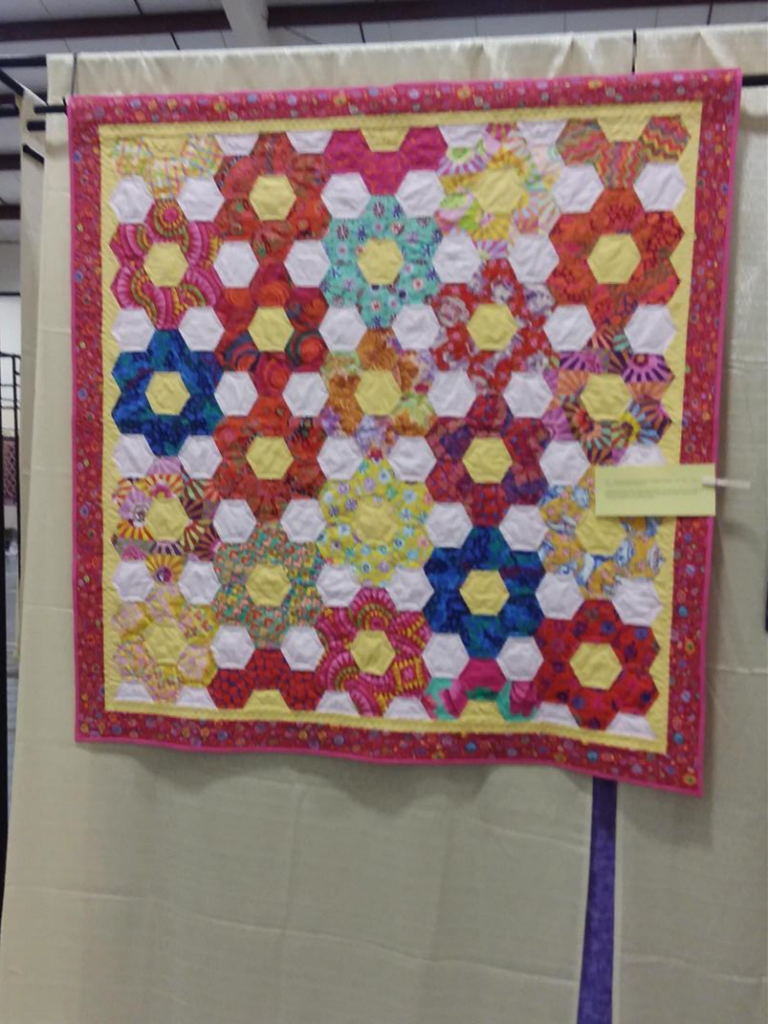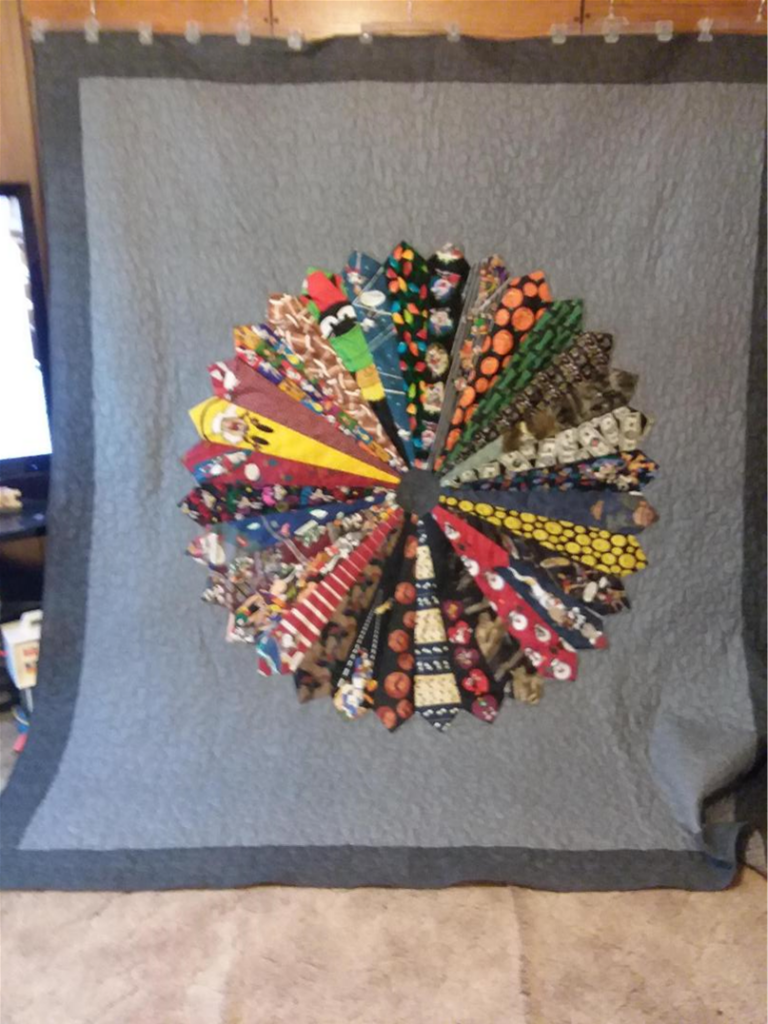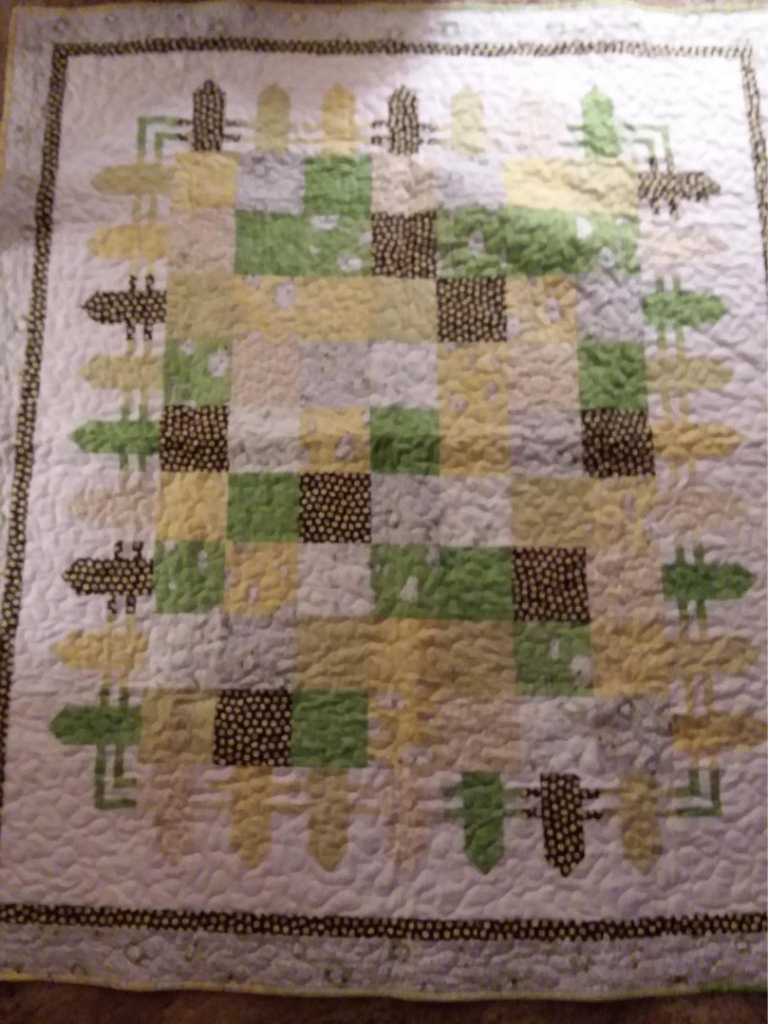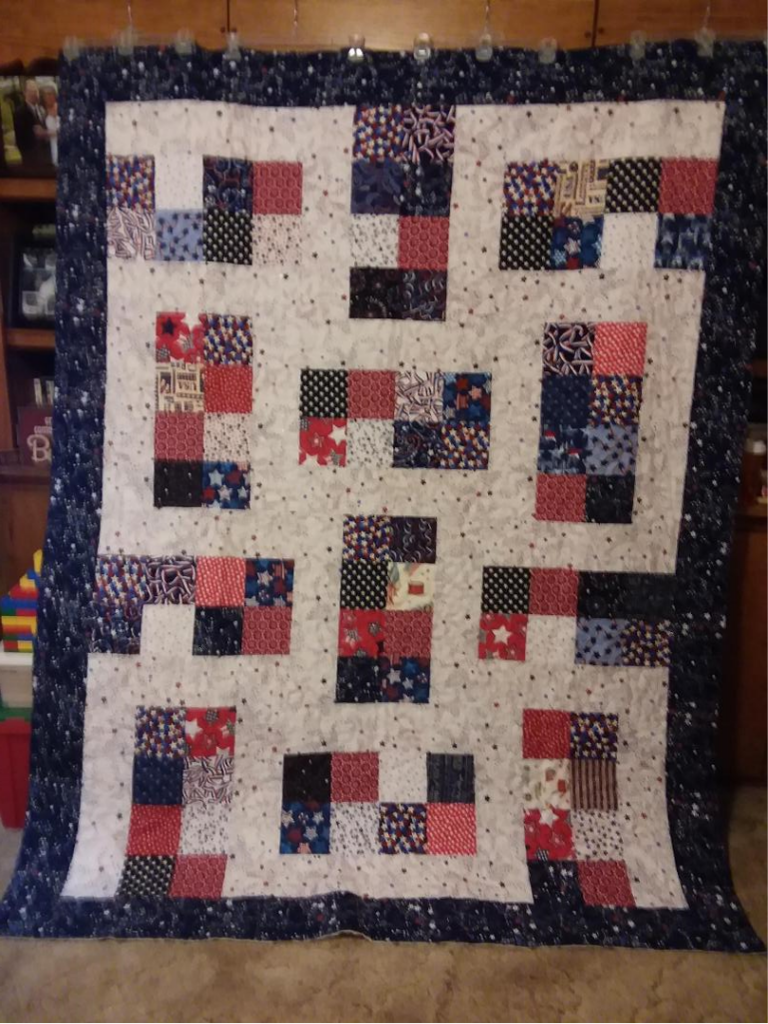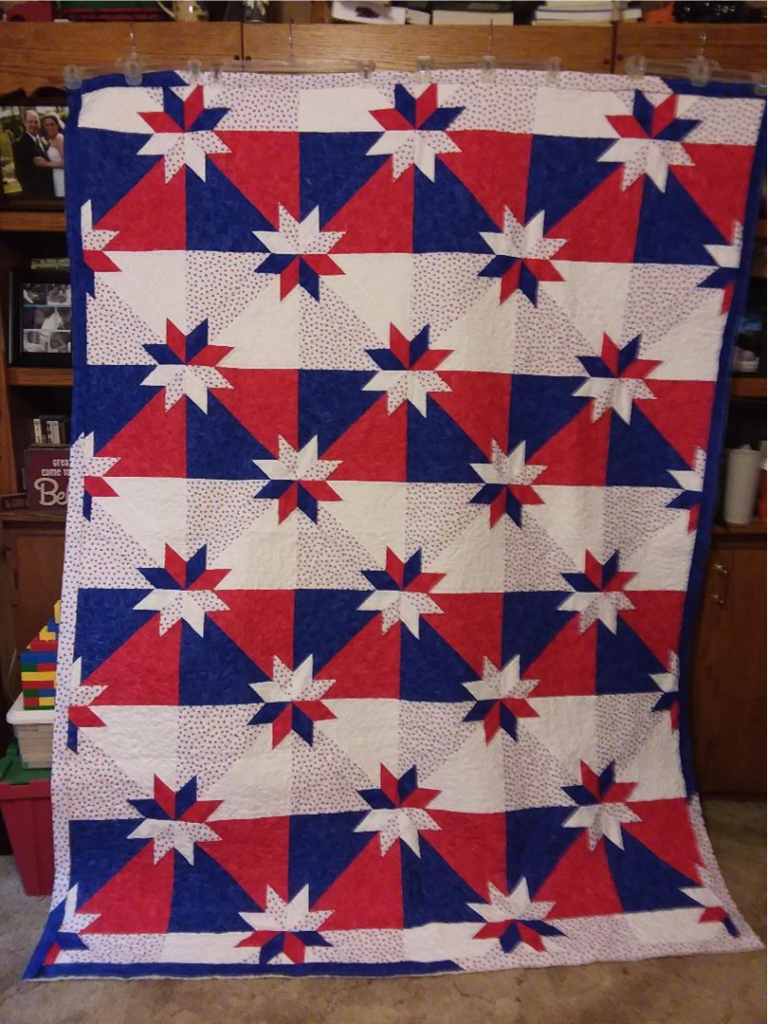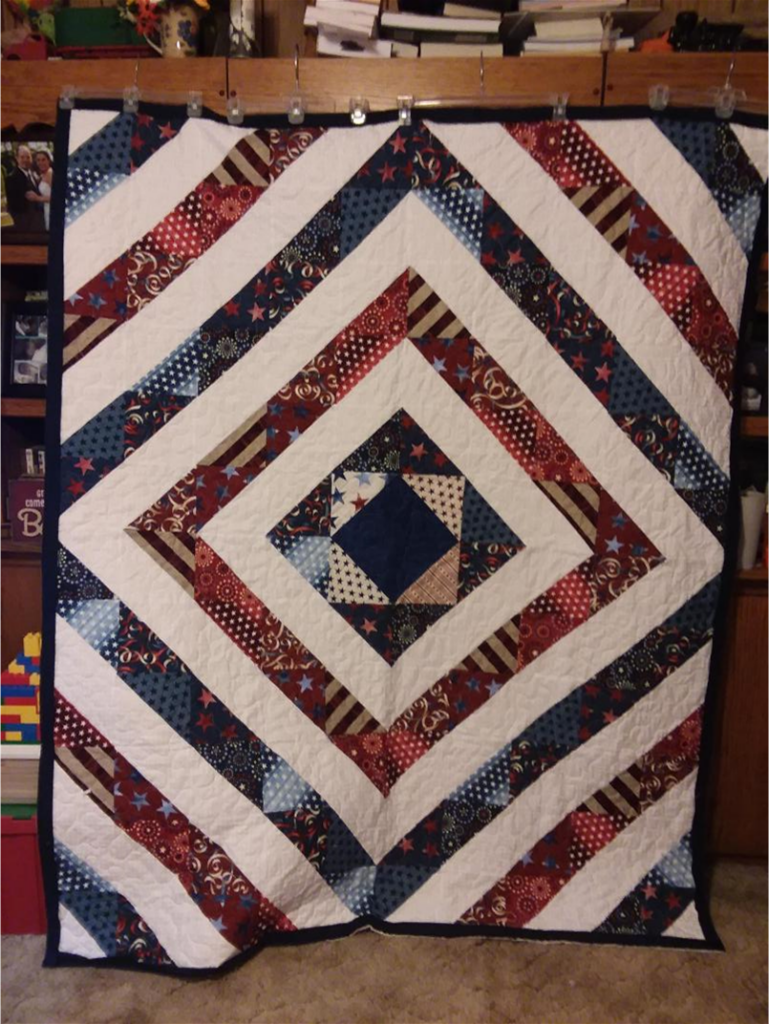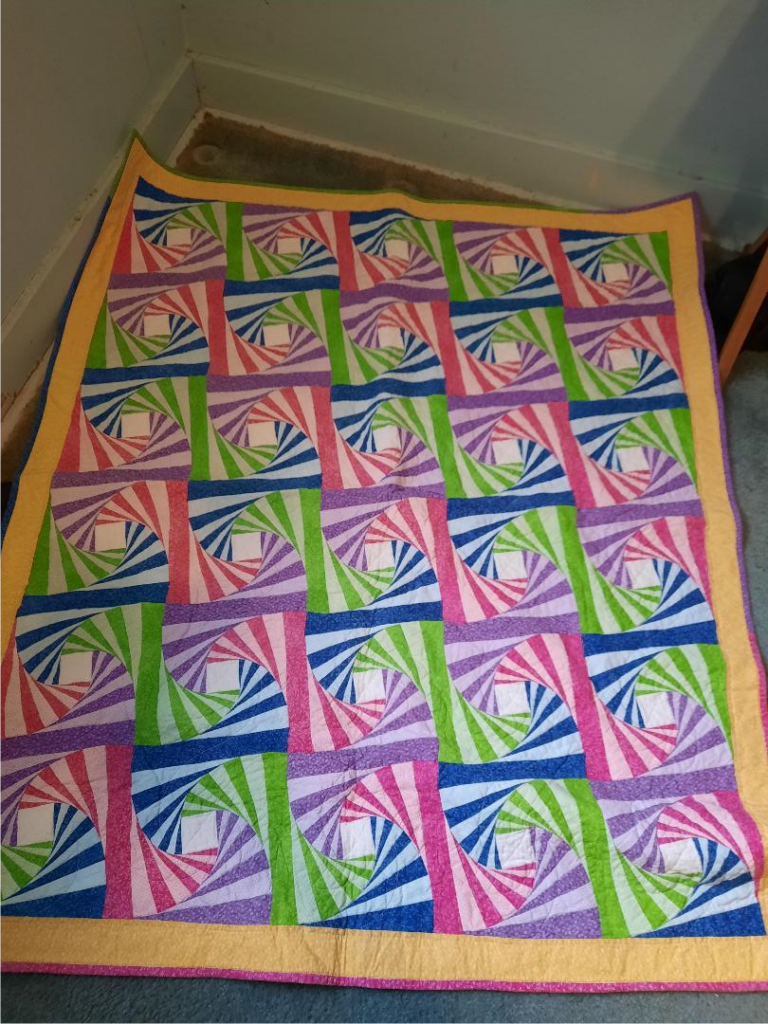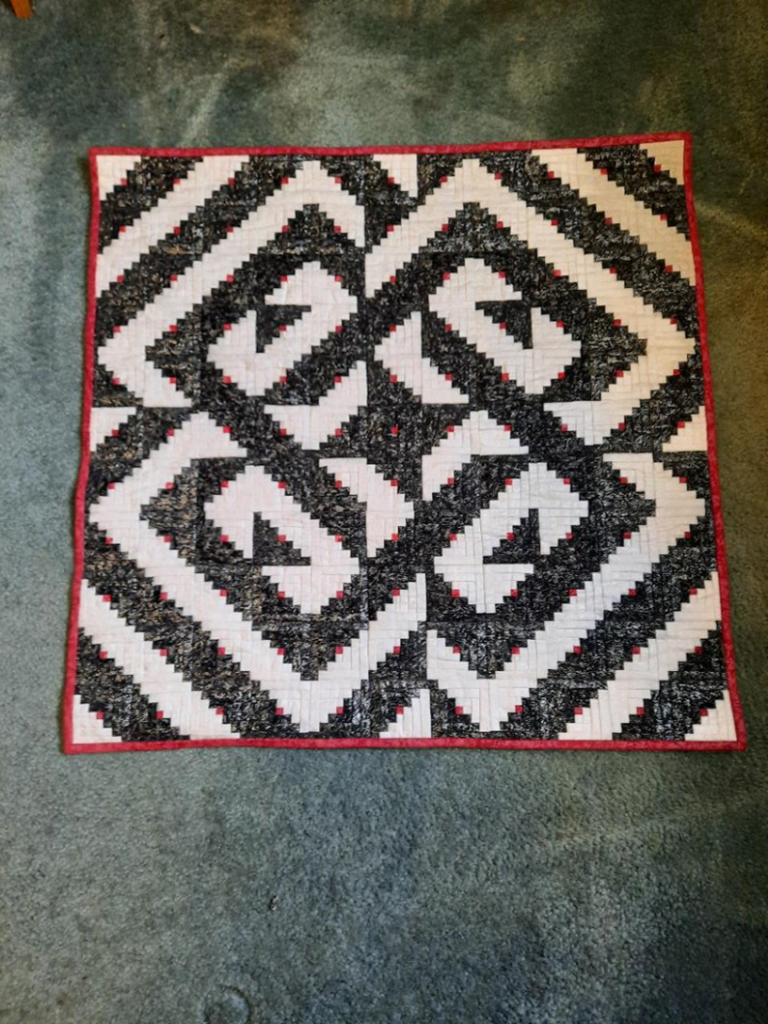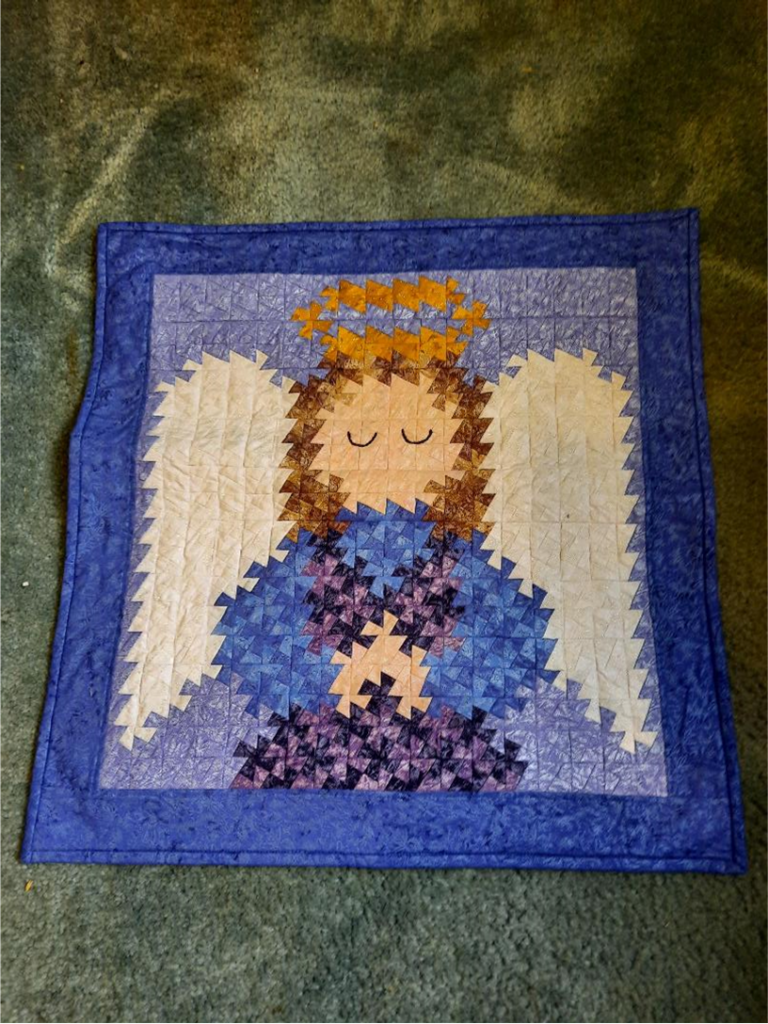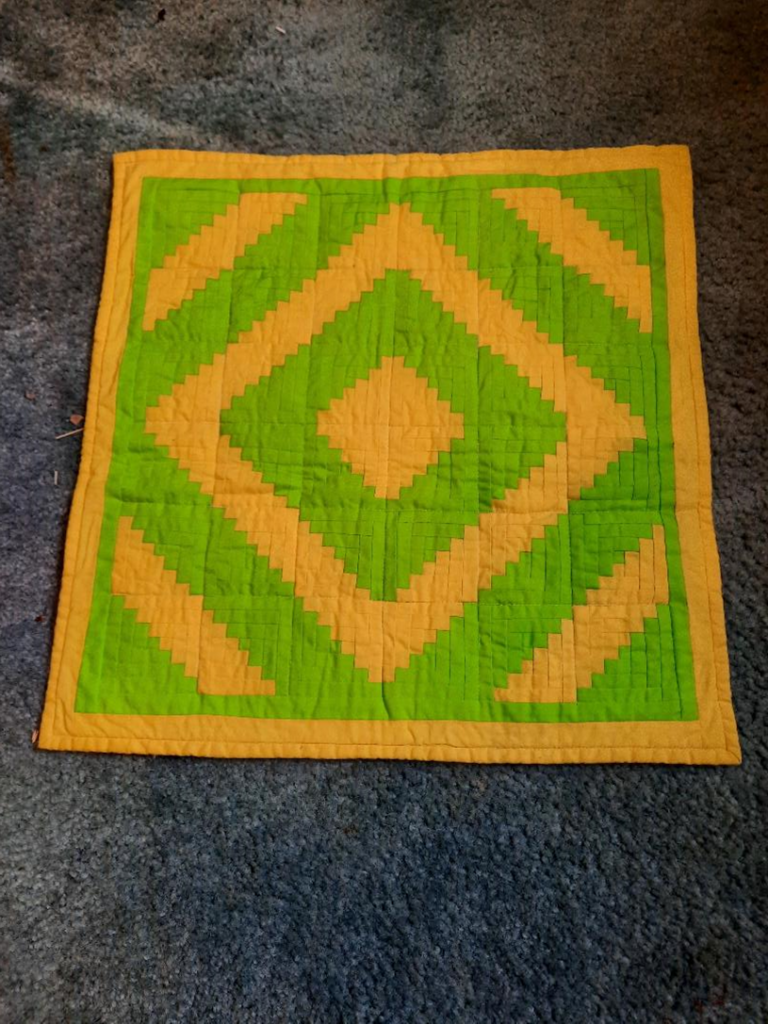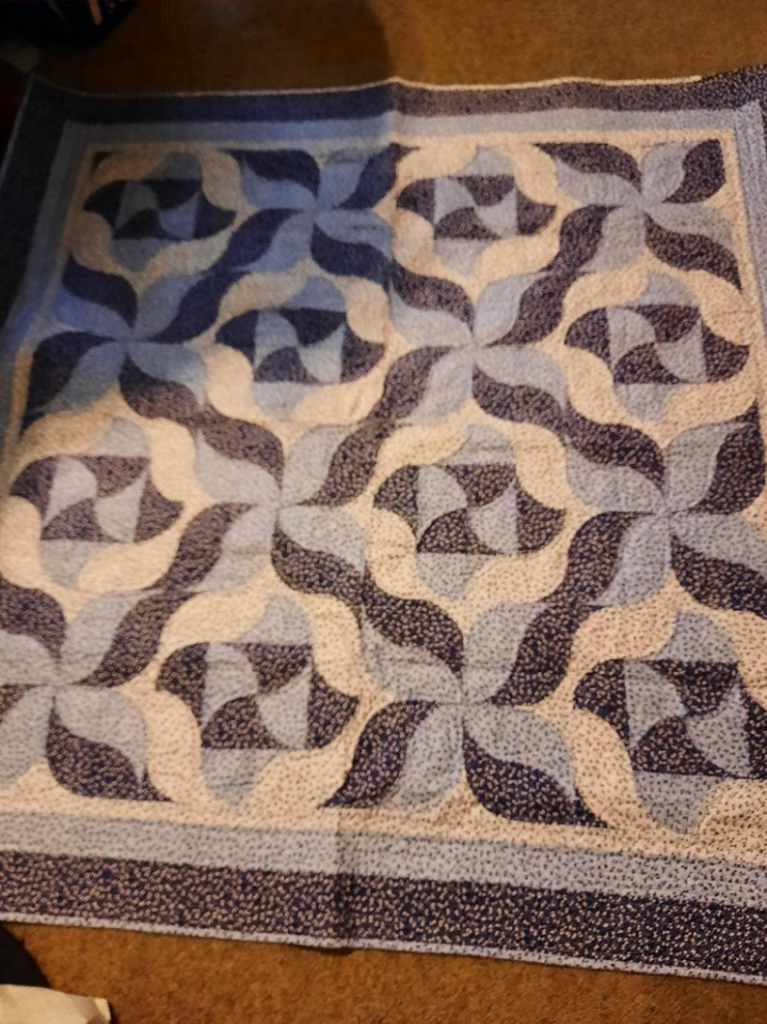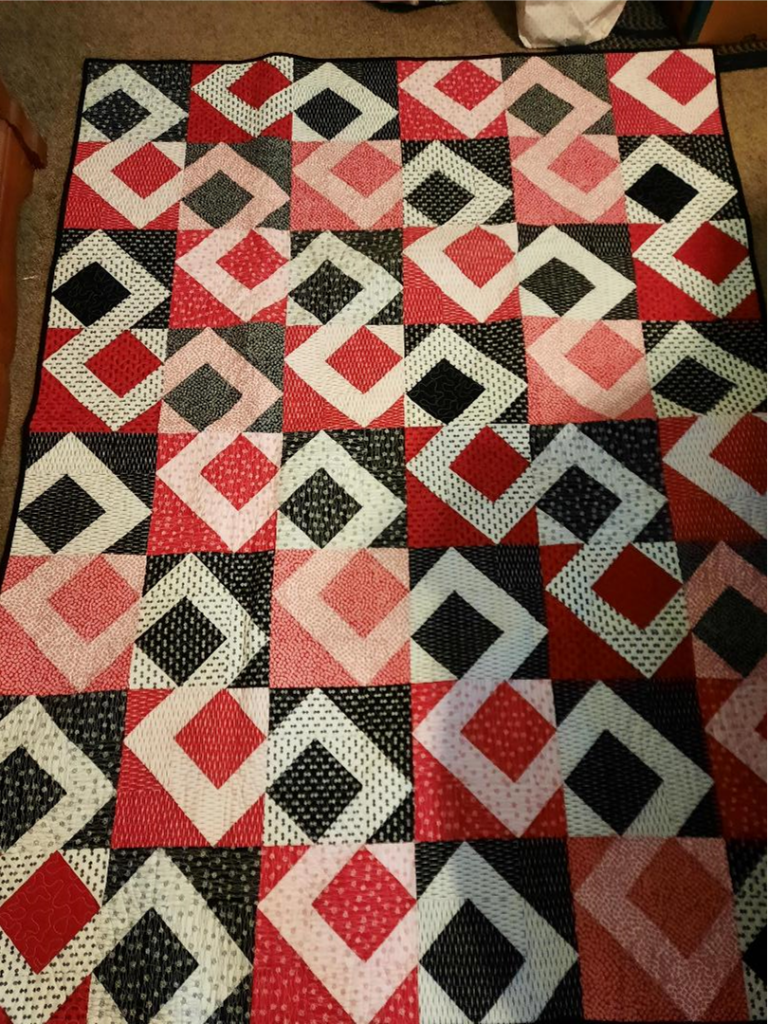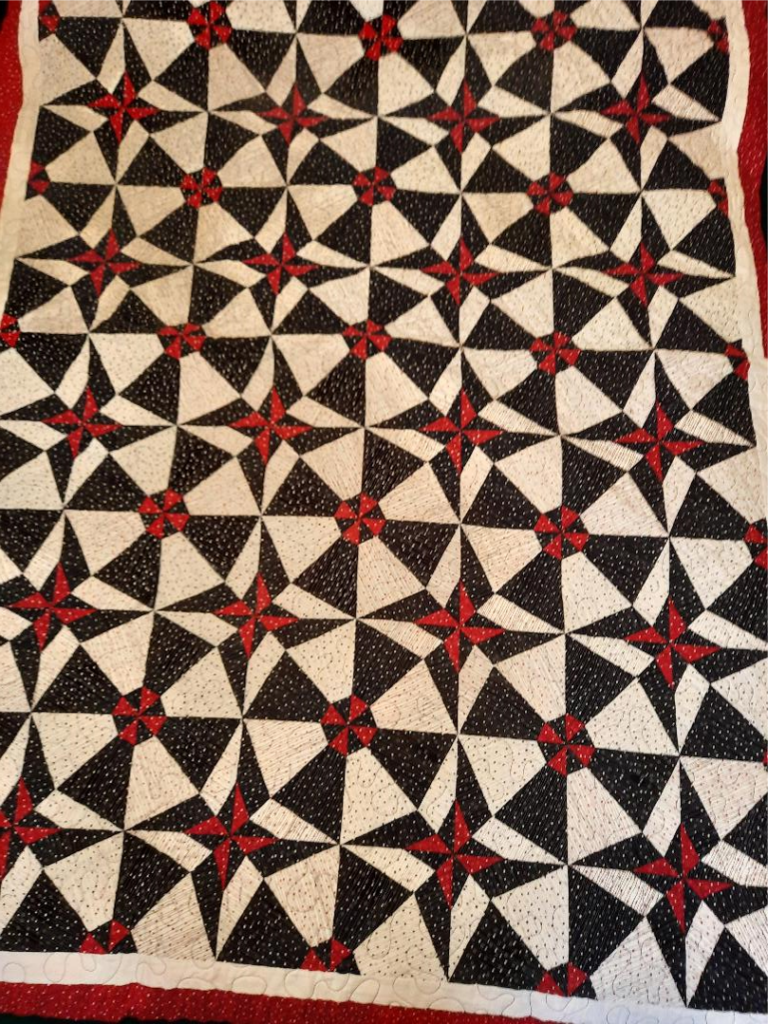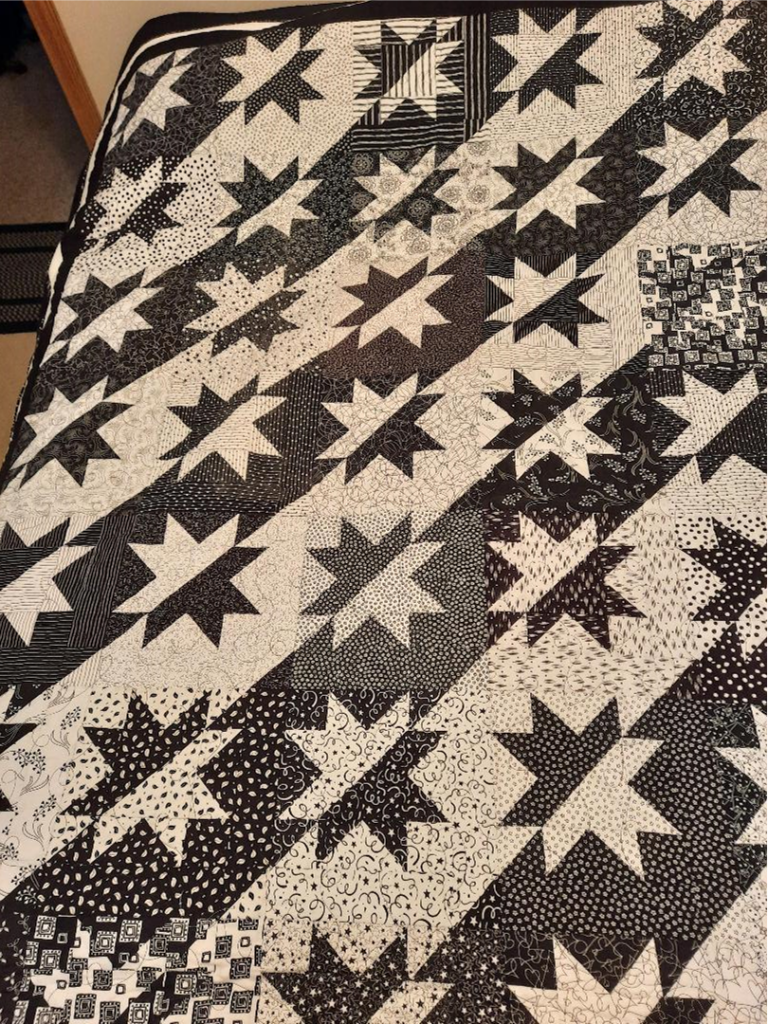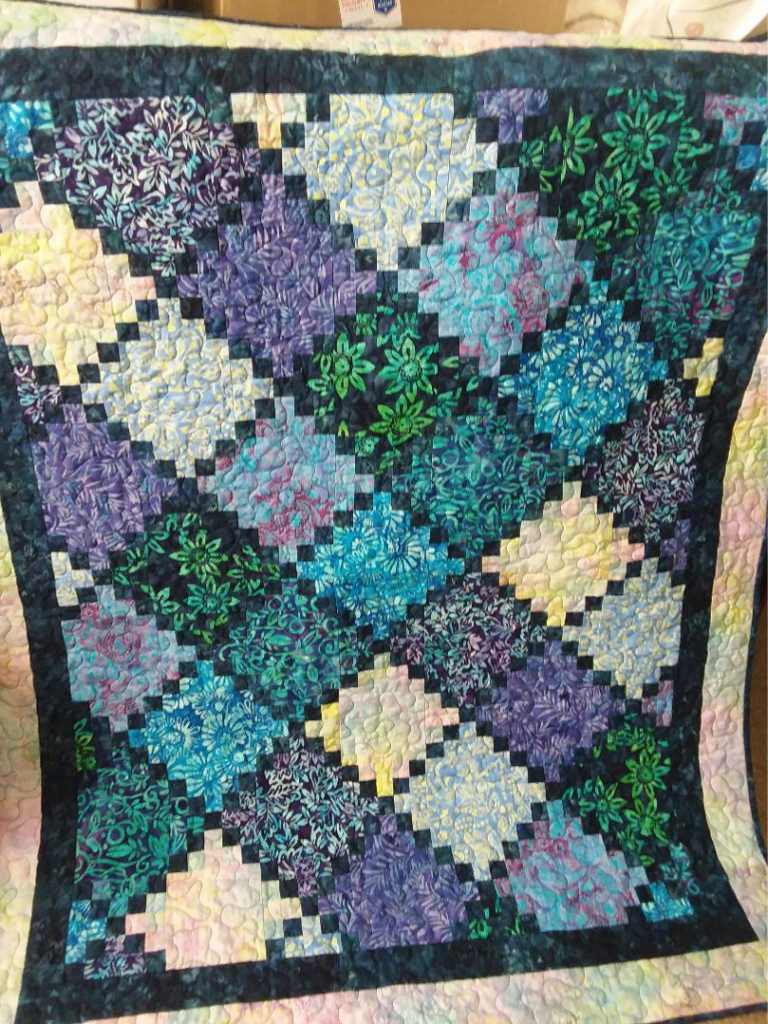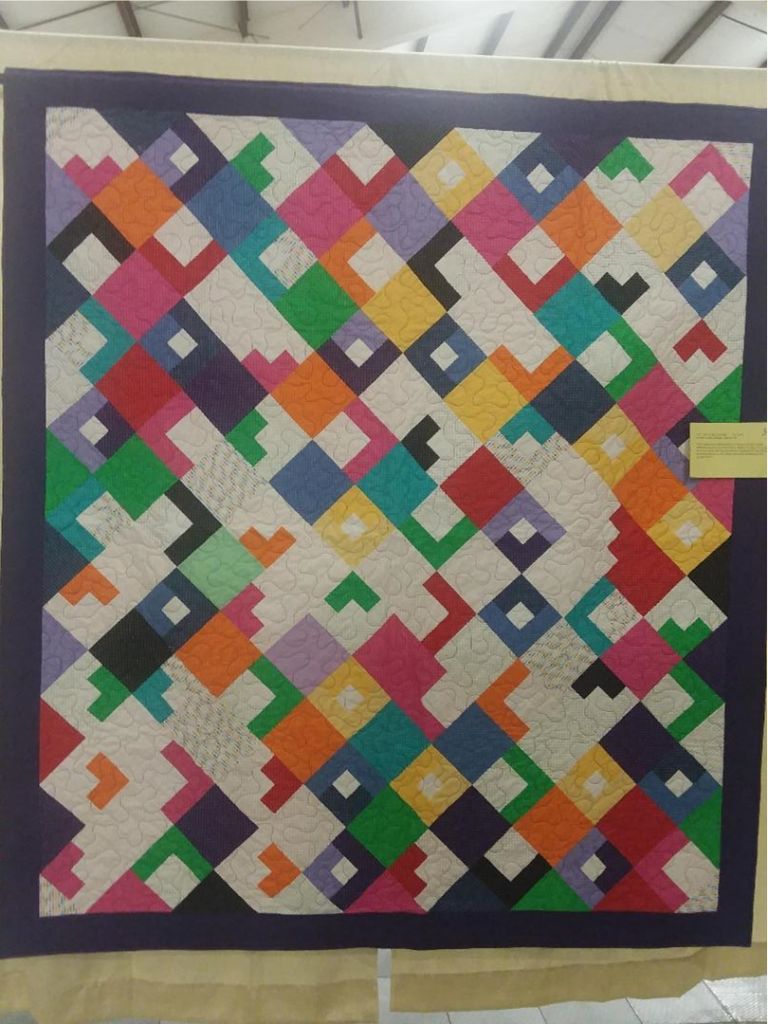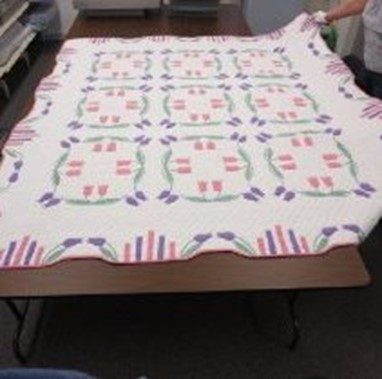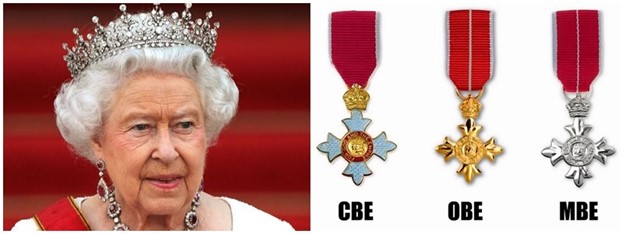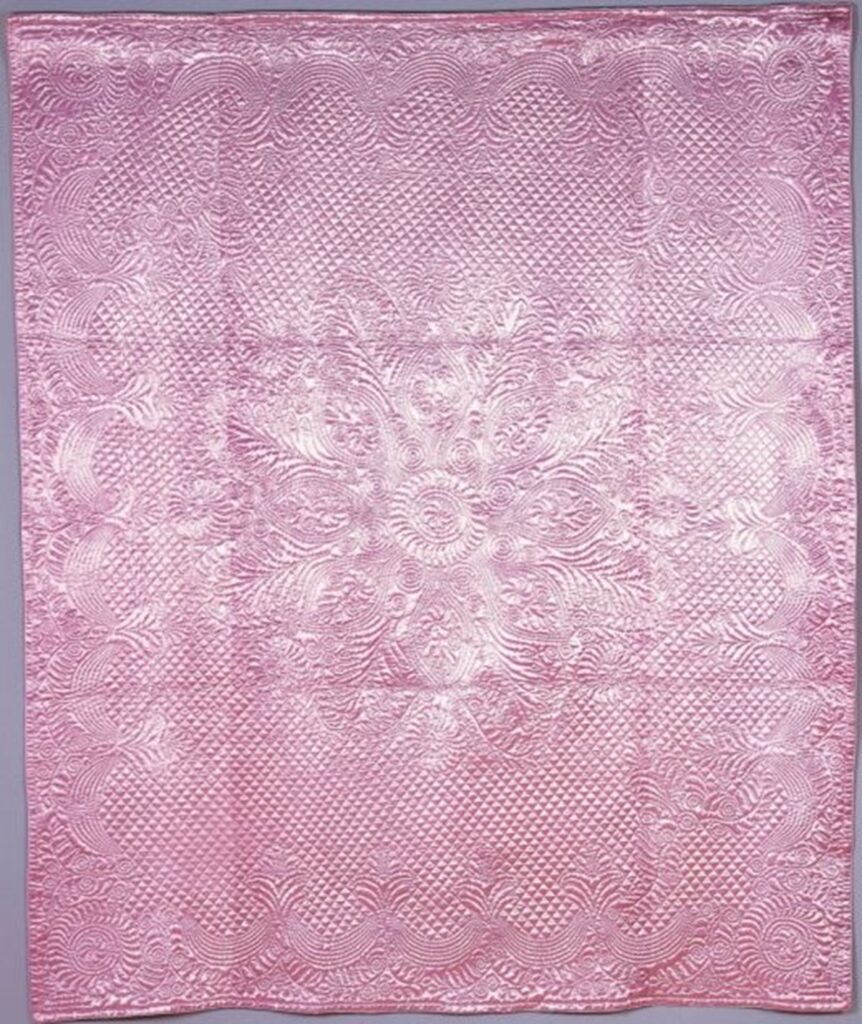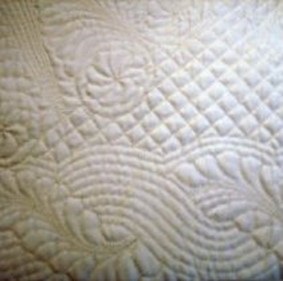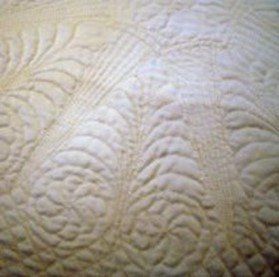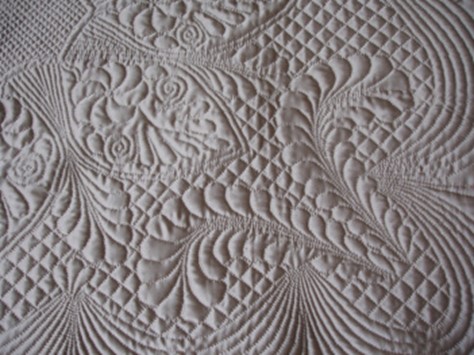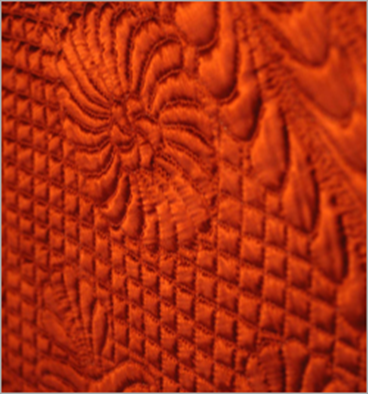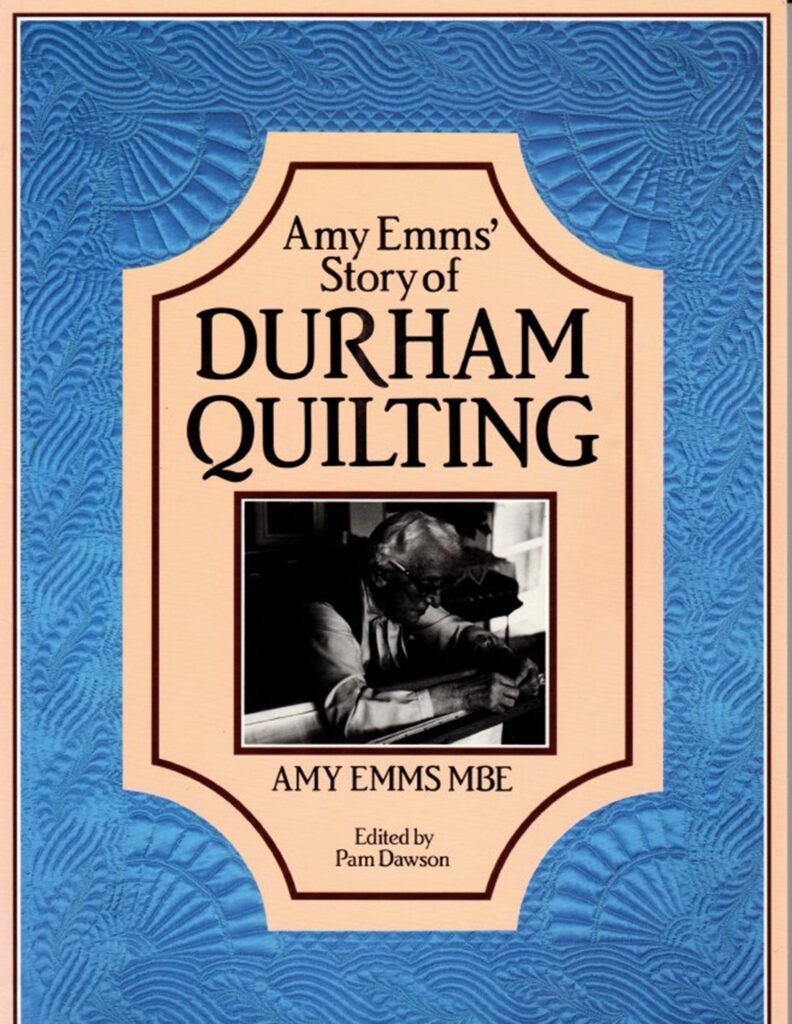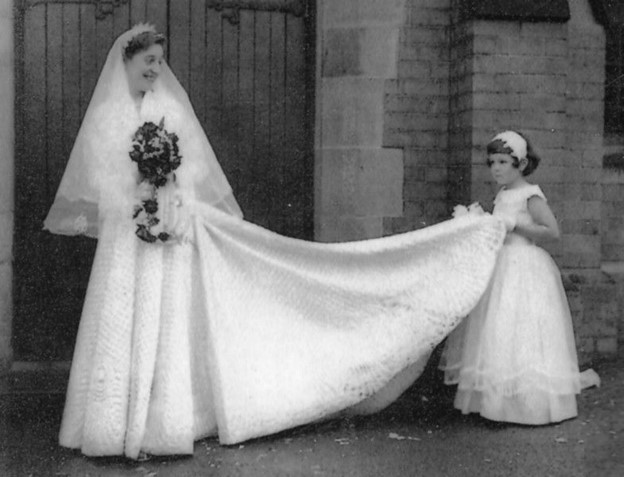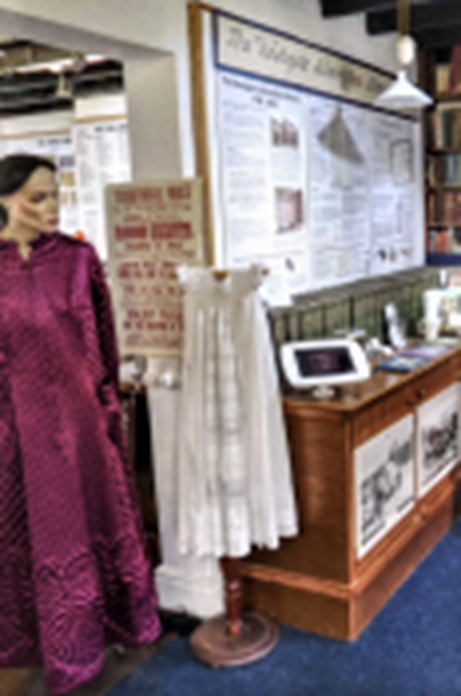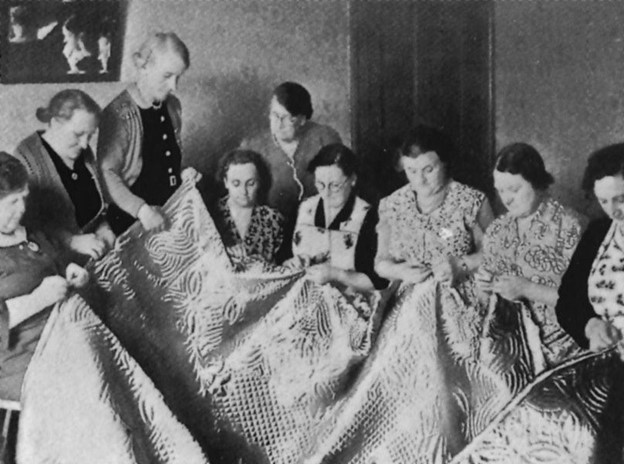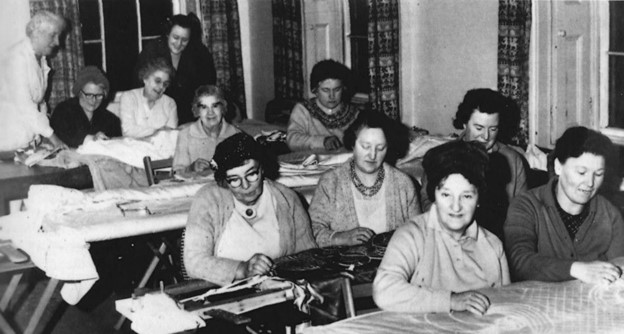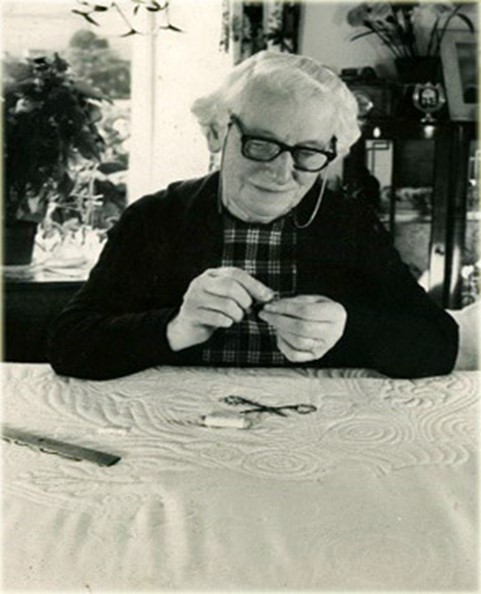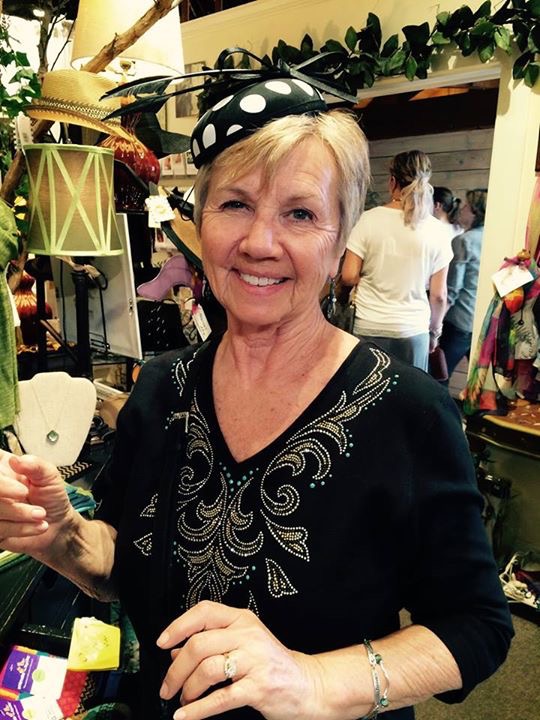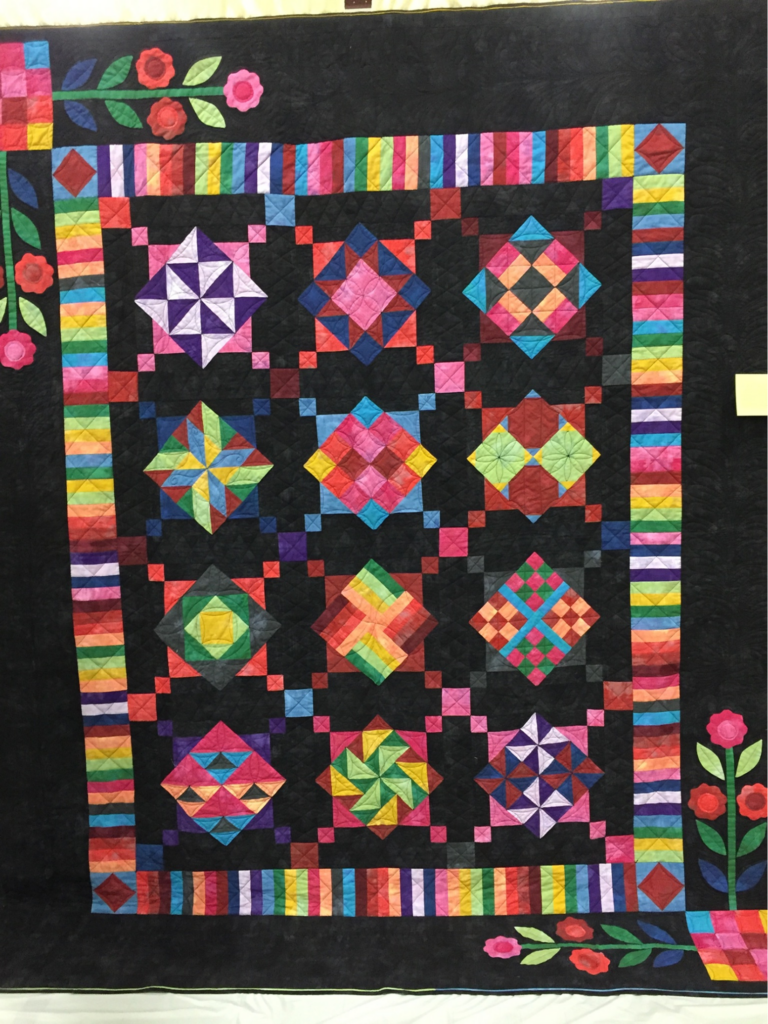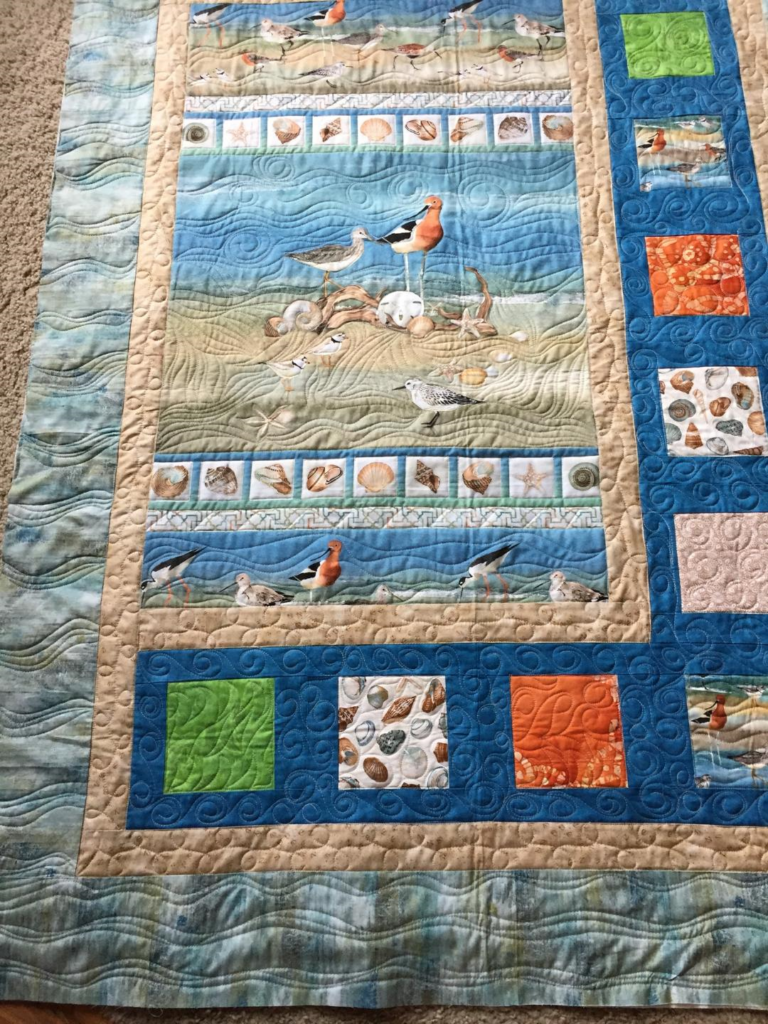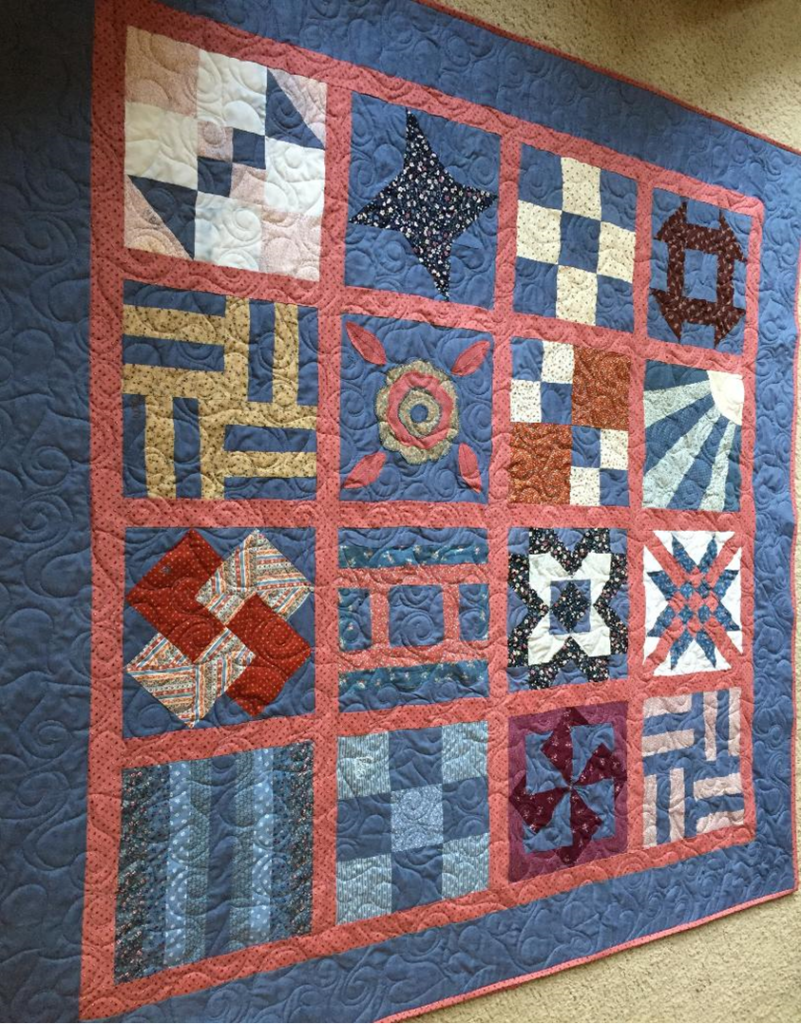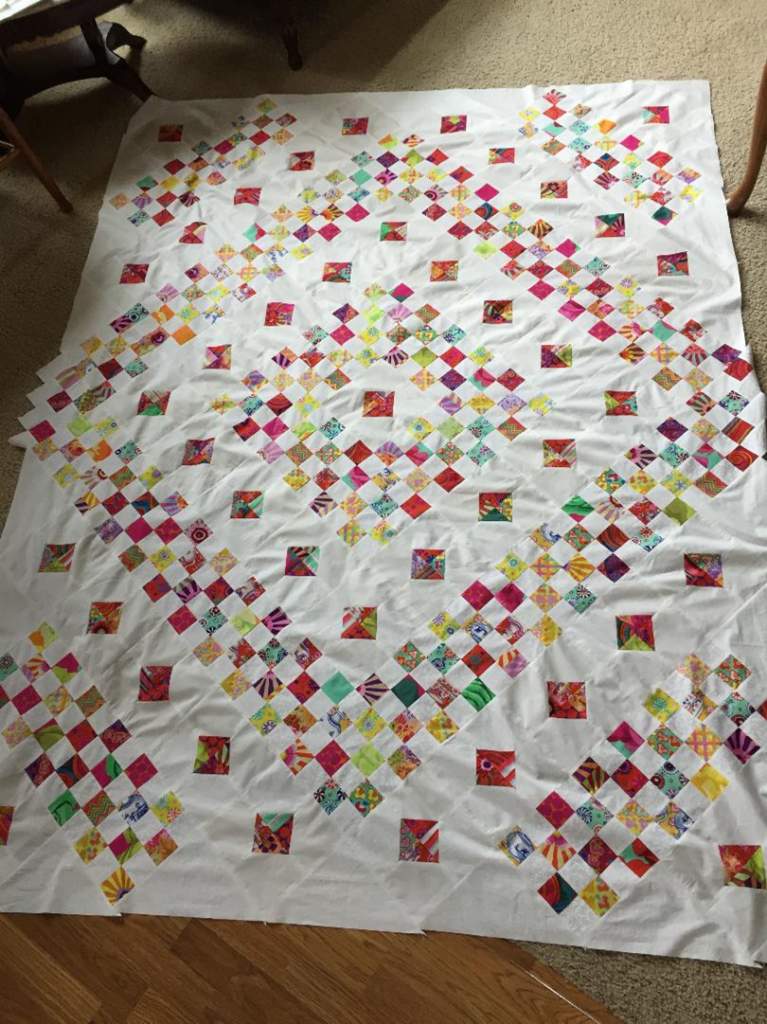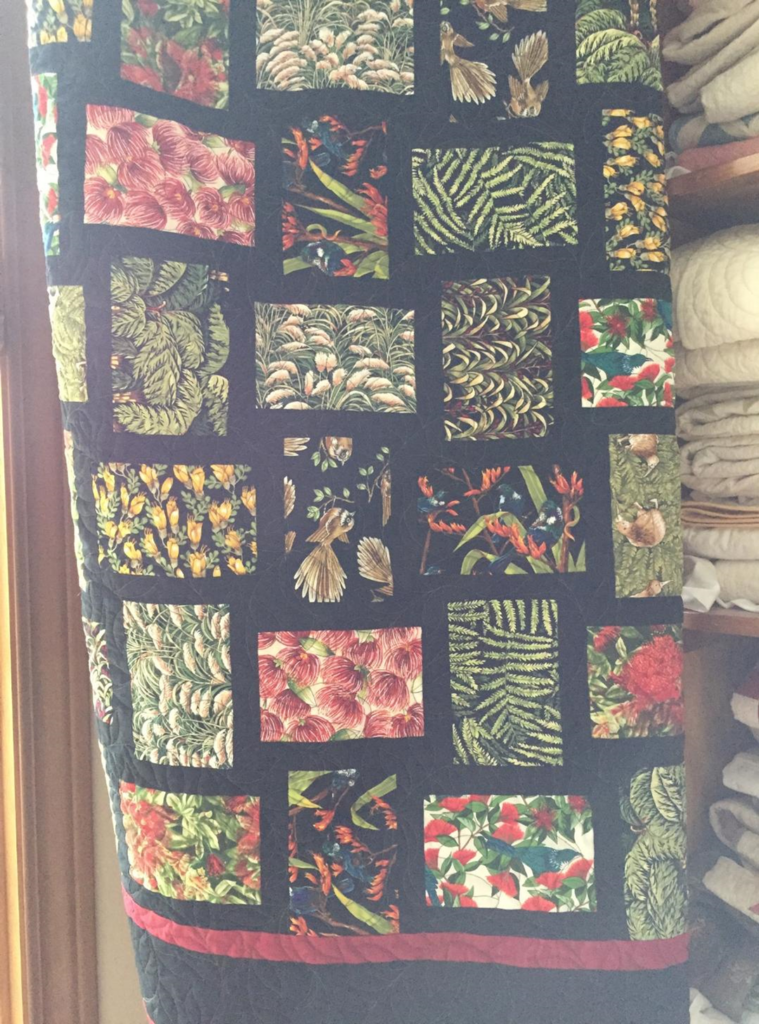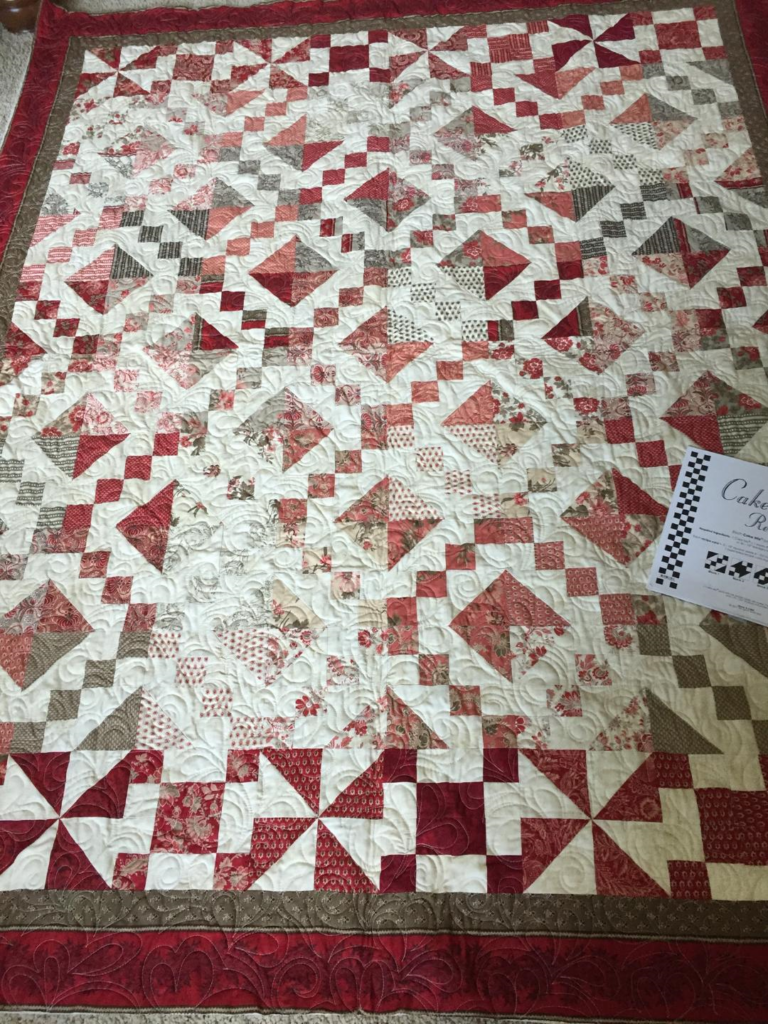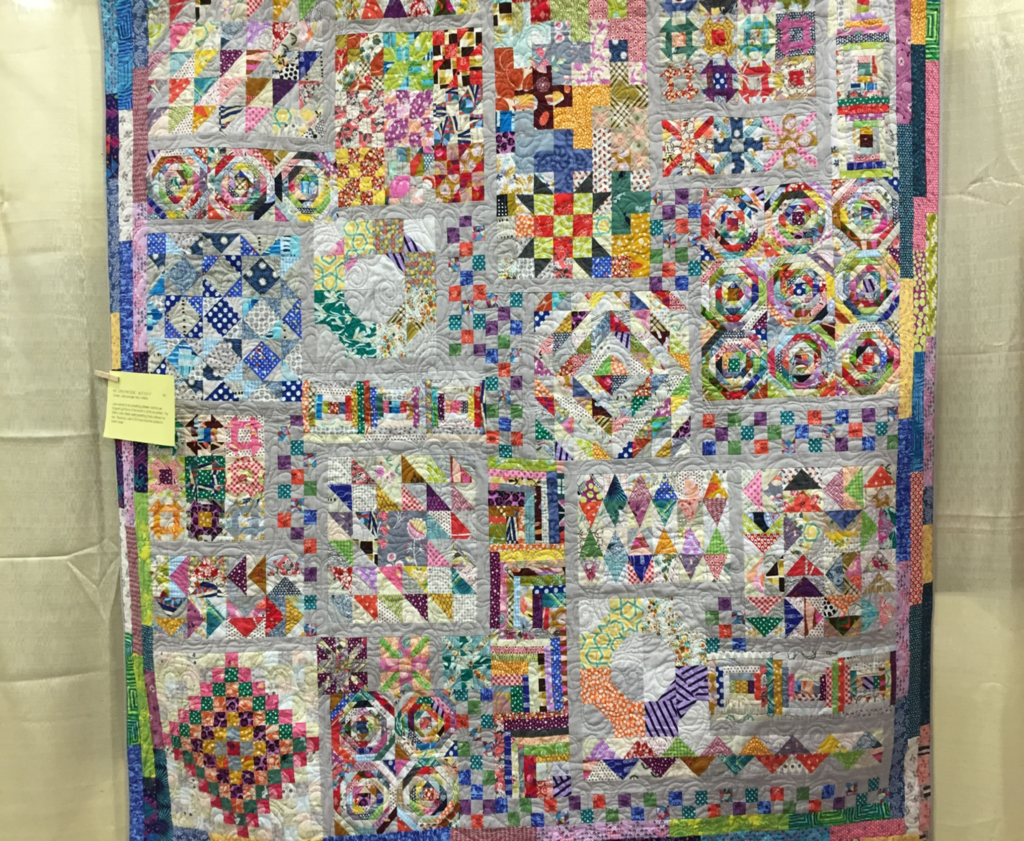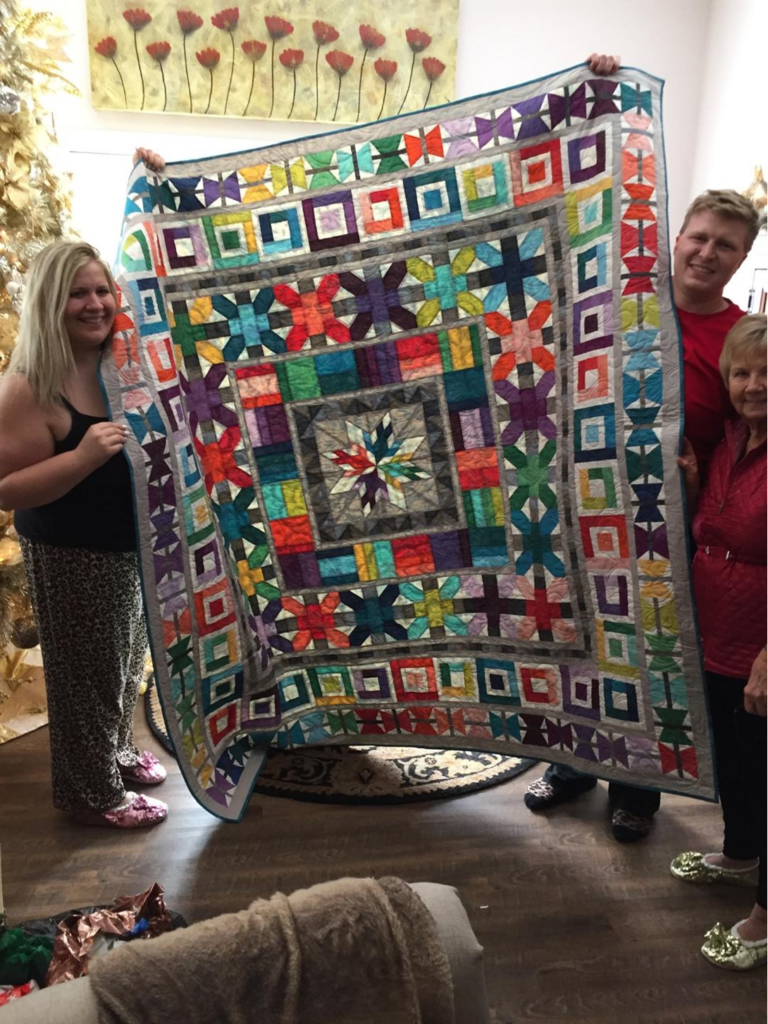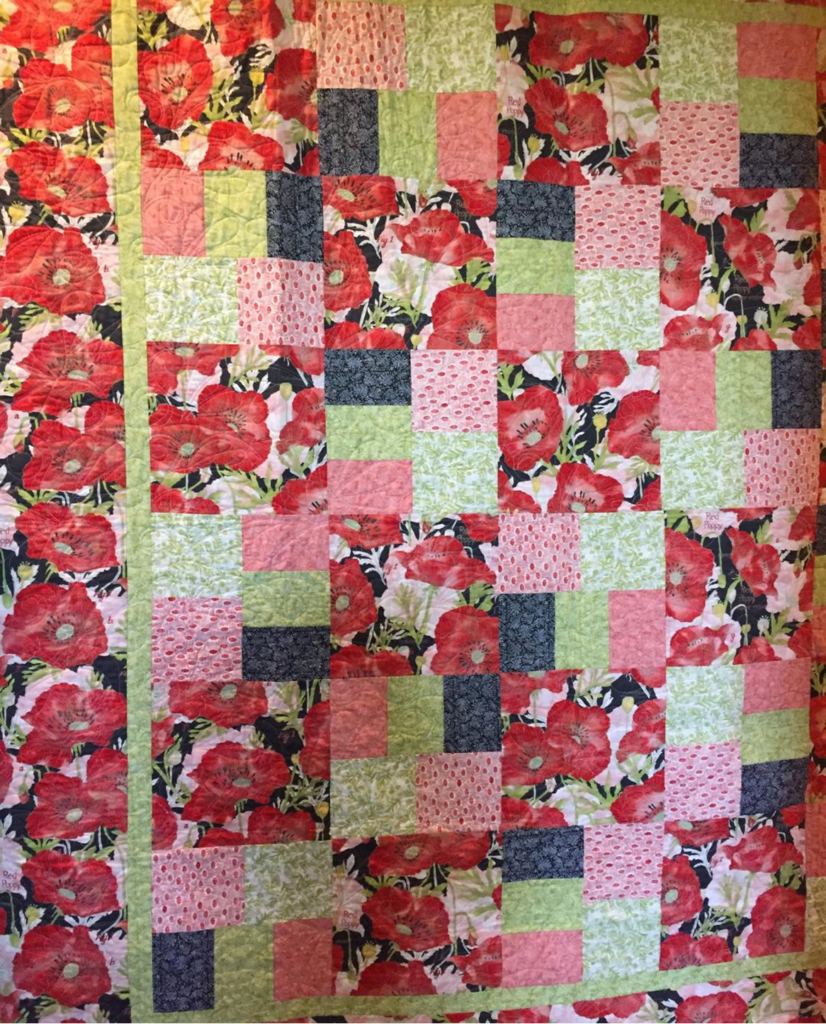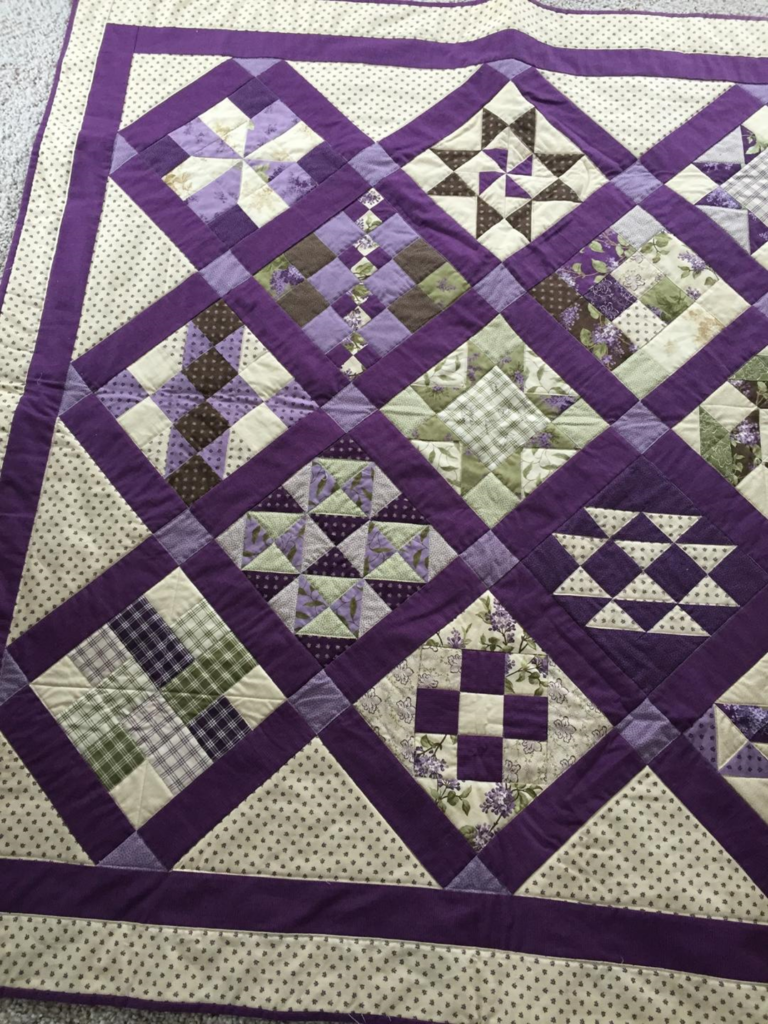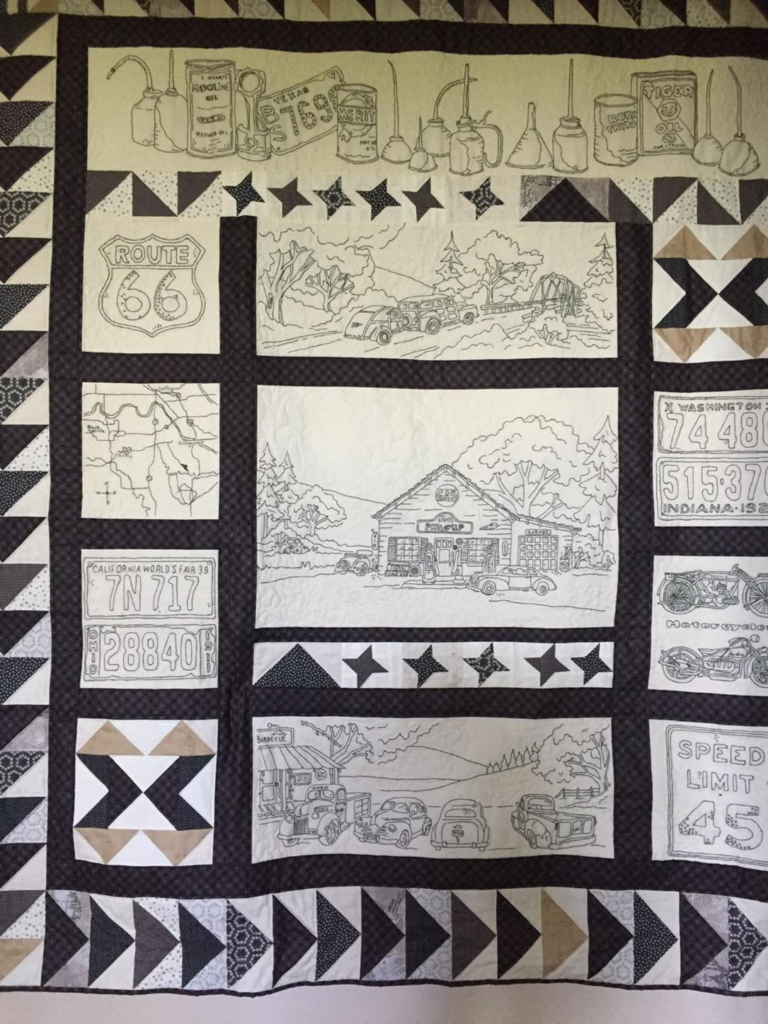Whitney Redux: Don’t Miss the Party
Happy 50th Anniversary to the Abstract Design in American Quilts, at New York City’s Whitney Museum of American Art mounted in 1971 by our Honorees, Gail van der Hoof and Jonathan Holstein. If you want a review of these two quilt pioneers and their impact on the quilt world, check the links below. In the meantime, let’s figure out how to mark this milestone, because
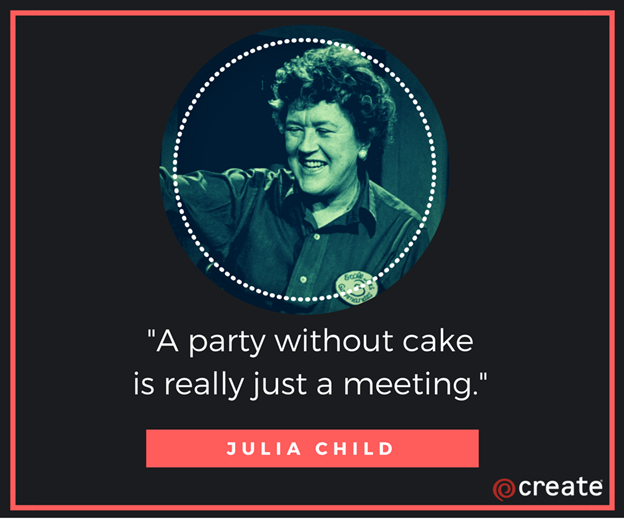
Ok; no cake, but let’s at least celebrate. The International Quilt Museum in Lincoln is celebrating by offering several related exhibits over the course of the year. In addition to a retrospective and an update, one will show how the original display fared in Japan, and another will focus on the New York connection (I didn’t know there was one, so I’ll be interested to see how they pull that together). There’s not much on the IQM website right now—they don’t put up pictures until everything is finalized because the plan for the featured quilts might change. There’s a link below, and you’ll have to keep checking for dates and details. IQM has done such a great job this year with their virtual offerings that I’m sure it will be worth the wait to see what they come up with on this.
So, how else can we party? Would you be up for a challenge to make a Whitney-worthy quilt this year? The original exhibit focused on traditional quilts, but showcased their qualities as abstract art. Most were graphic, some (especially the crazy quilts) were akin to Pollack paintings, others were included for their striking use of color. This is really up my alley. I’ve told you in the past how much I admire quilters like Honoree Carolyn Mazloomi whose quilts tell a story, and I love the SAQA-style quilts. But those genres aren’t in my wheelhouse; I do geometry. Now all I have to do is geometry plus art.
You can do this too; in fact, you’re probably already doing it. So, why not make it into an homage to the Whitney Abstract Art exhibit with this challenge? If you want to participate, make any quilt that you think reflects the theme of the 1971 exhibit, that is, quilting as an artistic medium. Send a photo to our Executive Director, Deb Geyer admin@quiltershalloffame.net with your name and a statement (50 words max, please) about the artistic quality of your quilt. We’ll post you photo on our Facebook page (by sending it to us, you give permission for this use).
I’ll start out with a quilt that is currently on one of the beds at my house. I think it’s “abstract art” because it’s graphic and shows interesting variation in the different blacks. See how easy that was? Send your entry; think of it as bringing a gift to the anniversary party.
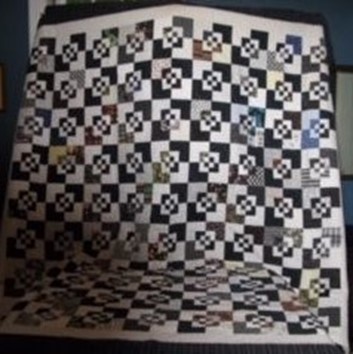
And now for something completely different. (Quoting Monty Python here; I have these remnants of my mis-spent youth rattling around in my head.)
It’s been snowy in the Chicago suburbs, but that didn’t stop my Bee from “going” on a retreat (virtually). All of us are COVID risks, so we haven’t been able to/willing to get together in person since last September; many of you are probably in the same boat. Here’s what we did: we set up Zoom meetings for the days we would be gone if we could actually go to a retreat location. We checked in on Friday night, three times on Saturday, and twice on Sunday. We had a small “joint” project to work on– everyone made three red, white, and blue 12” blocks in the pattern of her choice, to be assembled later as a quilt for our local veterans’ shelter. Here are mine. I learned that I should never attempt paper piecing with directional fabric; each block took three times as long as it should have.
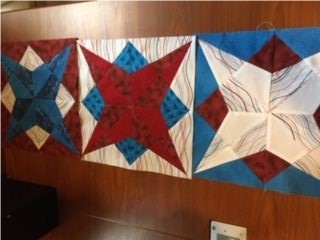
We had also decided on a block of the month project with each of us working in our own colorway, but the fabric hadn’t come by “retreat” time, so that left us free to do whatever else we wanted. Several gals chose to finish UFOs that had been hanging around. One member made a baby quilt from start to finish (she won the “Smokin’ Needle” Award). I started some new things, including a non-directional paper piecing table runner and these ornaments made from Christmas fabric selvages.
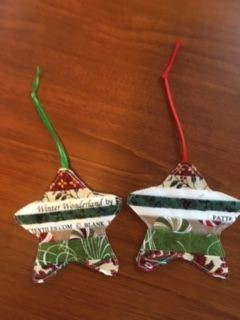
I was able to set up my computer next to my sewing machine and ironing board, so when we checked in on our Zoom calls, I could keep working. It was almost like being together with everyone, and it made the work of sewing & pressing 143 blocks for my Falling Charms quilt less tedious. Our conversation ranged from quilt tips (where to get numbered pins, etc.) to family updates, to guild matters, to favorite quilt books and magazines. And of course, lots of encouragement as we showed our progress.
I added a few extras for myself to make it seem more like a retreat. First, I cut my big project ahead of time. Then I packed all my projects in my rolling crate and restricted myself to working on what I had “brought”. (Don’t you always get to retreat and find you’ve left something at home? This time I packed really well.) I also packed a small overnight bag with my clothes for the weekend and my “wear-in-public” pajamas. Jack got curbside pickup for dinner on Friday and Saturday, and I pre-made lunches so I wouldn’t have to cook. Oh, and prior to the retreat, I went shopping online and at our local quilt shop; we always shop hop at all the stores between here and the retreat house. One of my Bee mates made fun of me for this, but I think it really helped me to separate this weekend from my ordinary sewing day, and made me feel like this was something special.
Let me know what you are doing to stay sane and keep in touch with the quilt world while you can’t get out. I hope someone out there is collecting information about how quilters are coping with the pandemic; this will be a big part of quilt history.
Your quilting friend,
Anna
PS I just learned that some of you are commenting on Facebook when TQHF posts my blog. I didn’t know to look there, so I have probably missed giving a response to many of you. But now that I know it’s there, I’ll watch and reply.
Bio info: Holstein https://quiltershalloffame.net/jonathan-holstein/ ; van der Hoof https://quiltershalloffame.net/gail-van-der-hoof/
Blog entries: Holstein 0902 https://quiltershalloffame.net/jonathan-holstein-quilts-from-the-bed-to-the-wall/ ; van der Hoof 0512 https://quiltershalloffame.net/whats-it-like-to-have-a-career-in-textiles-ask-gail-van-der-hoof/
IQM exhibits https://www.internationalquiltmuseum.org/exhibitions/upcoming-exhibitions
